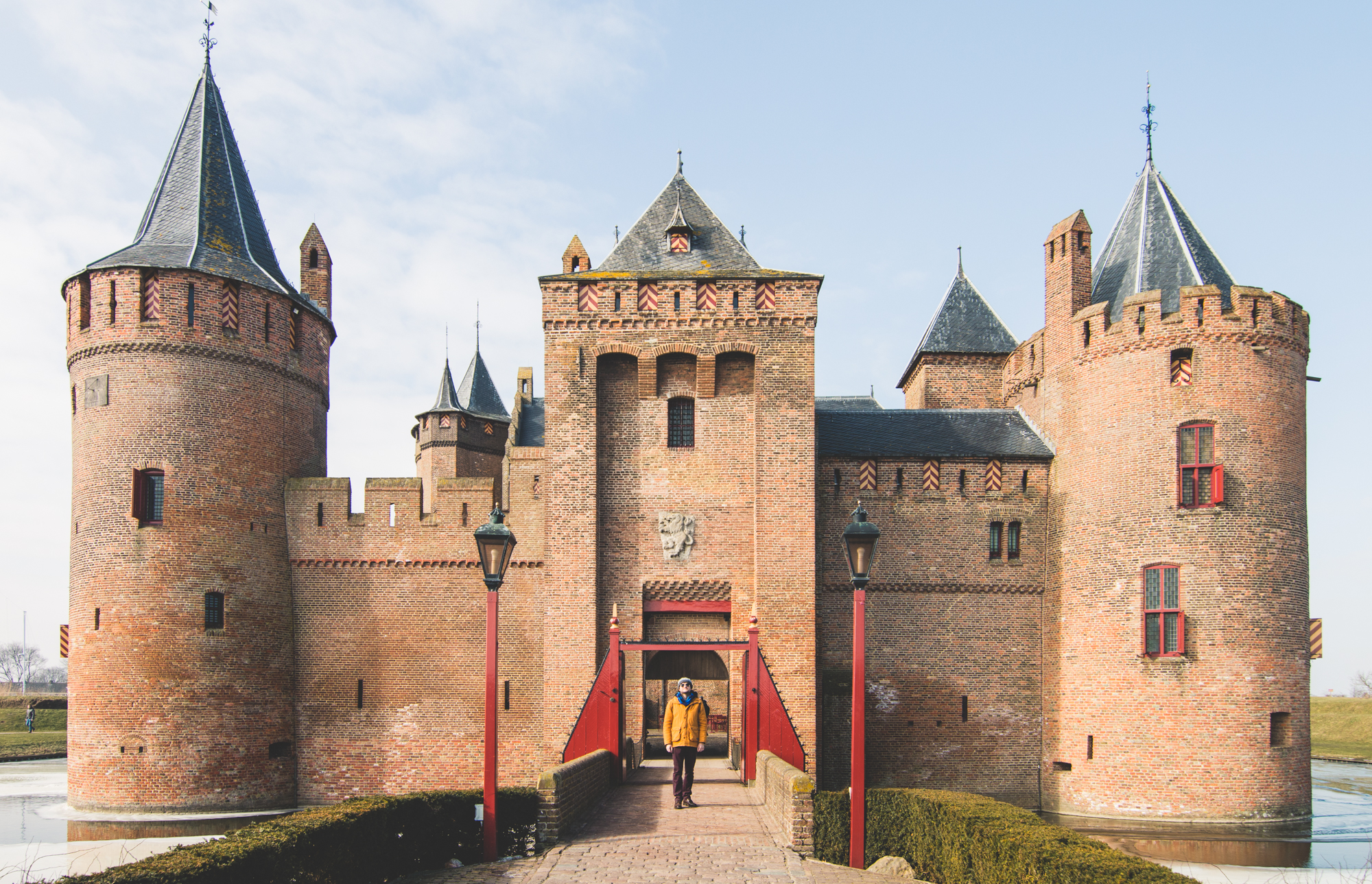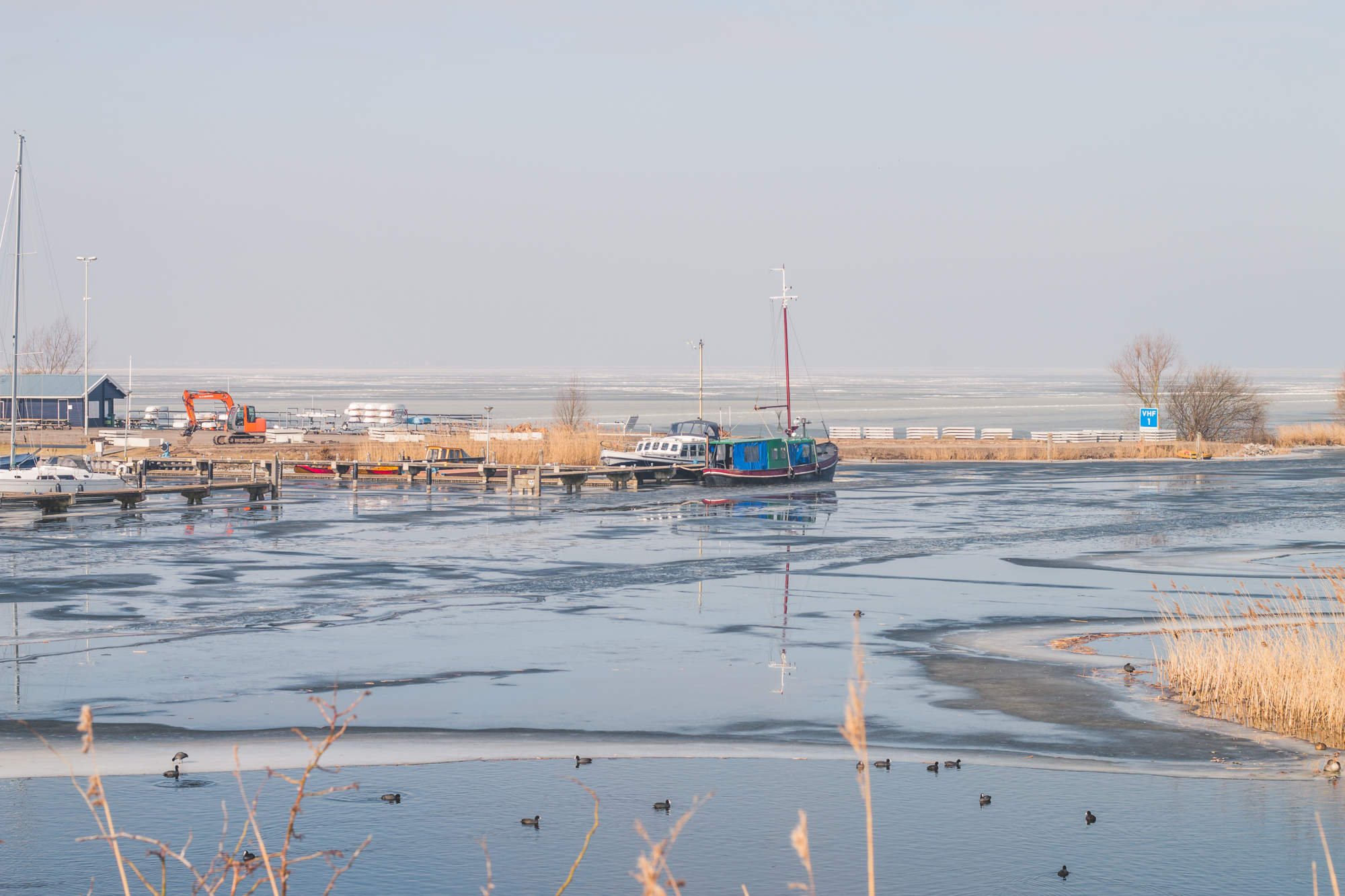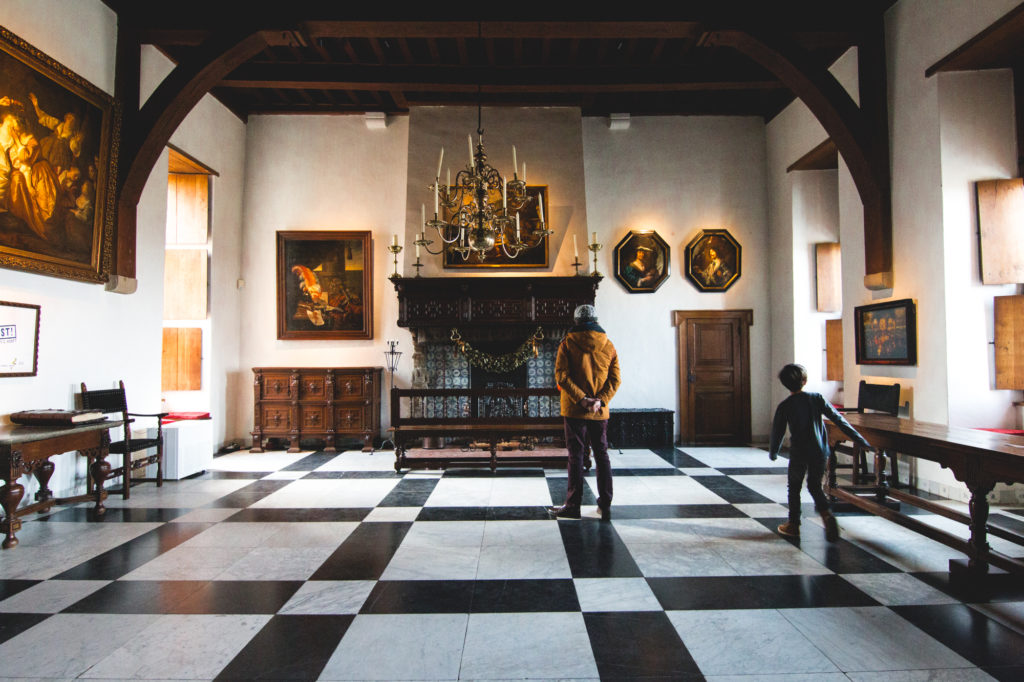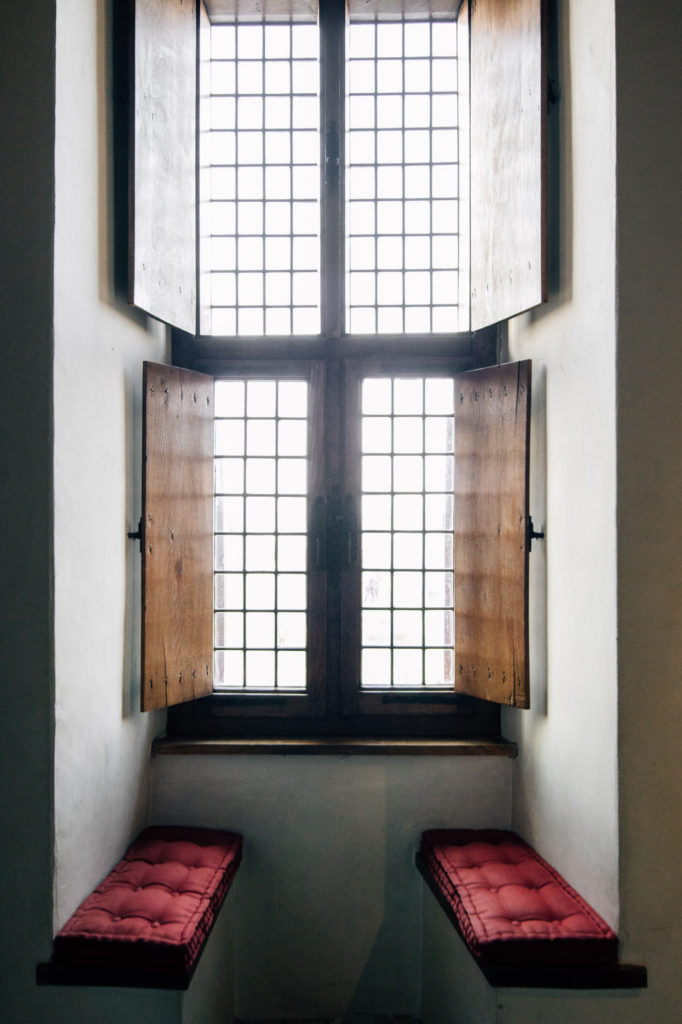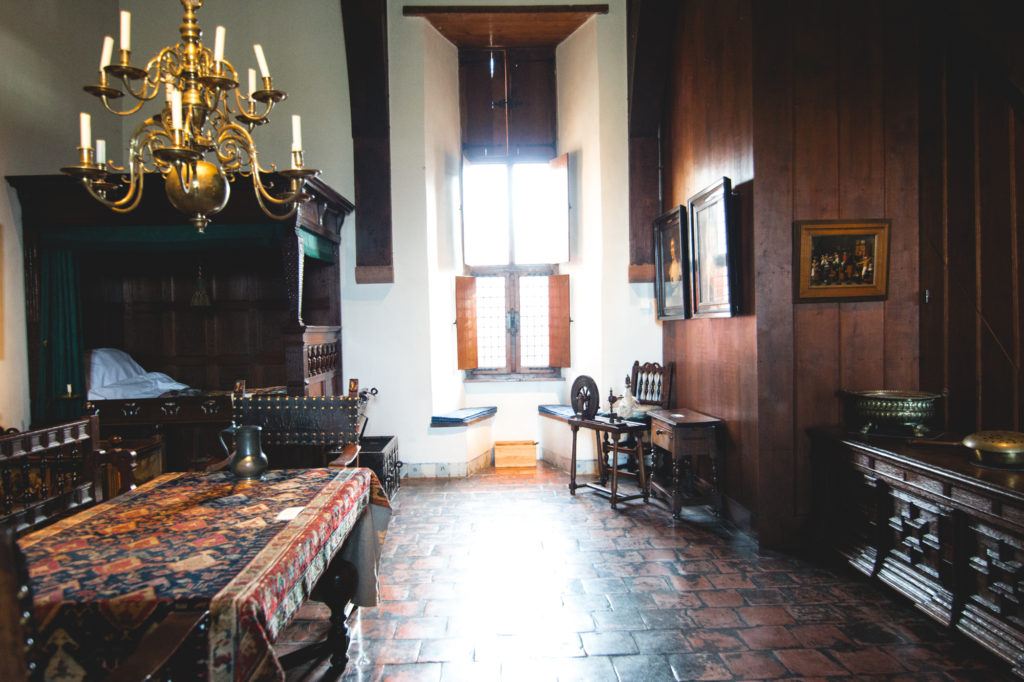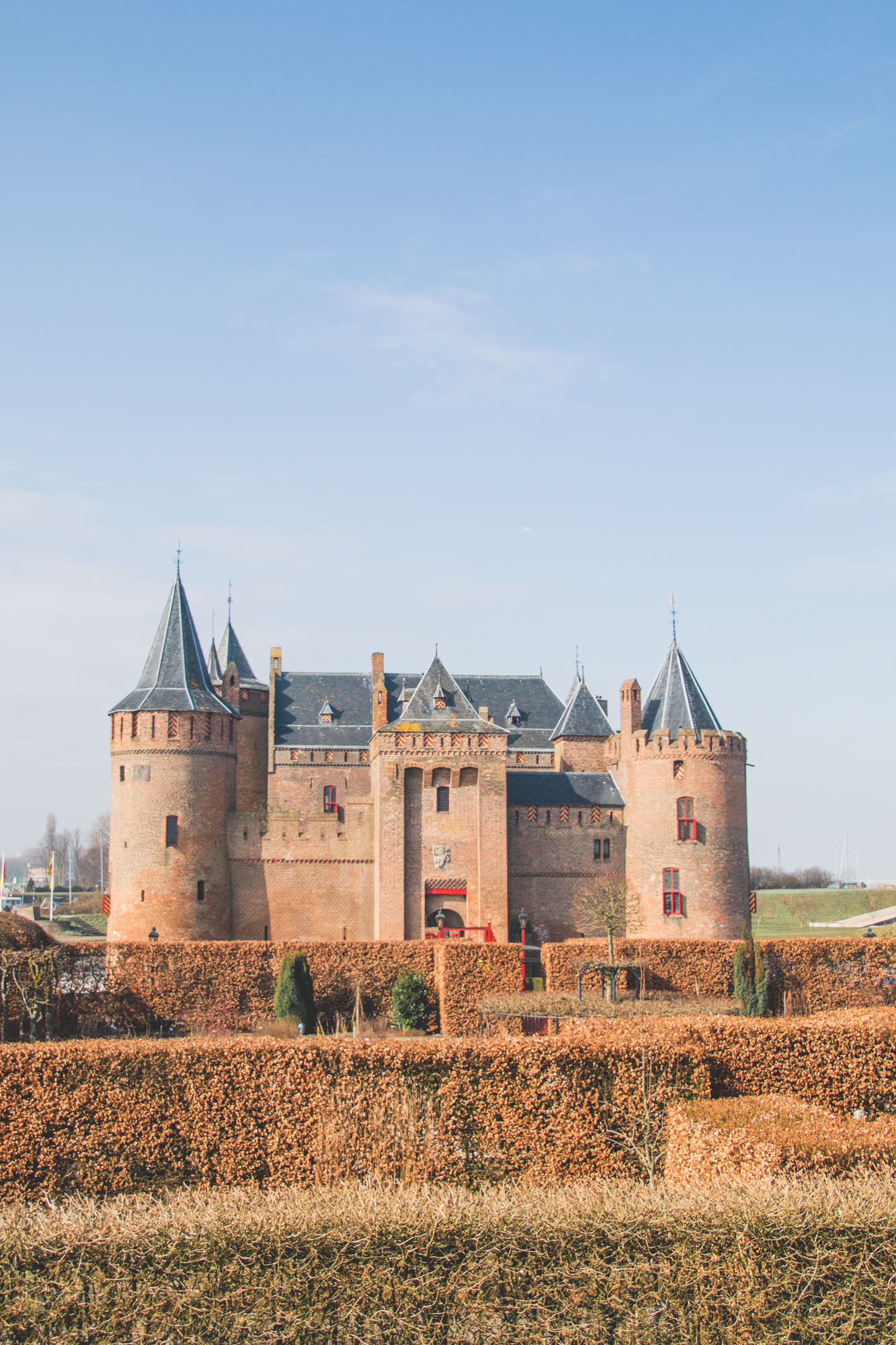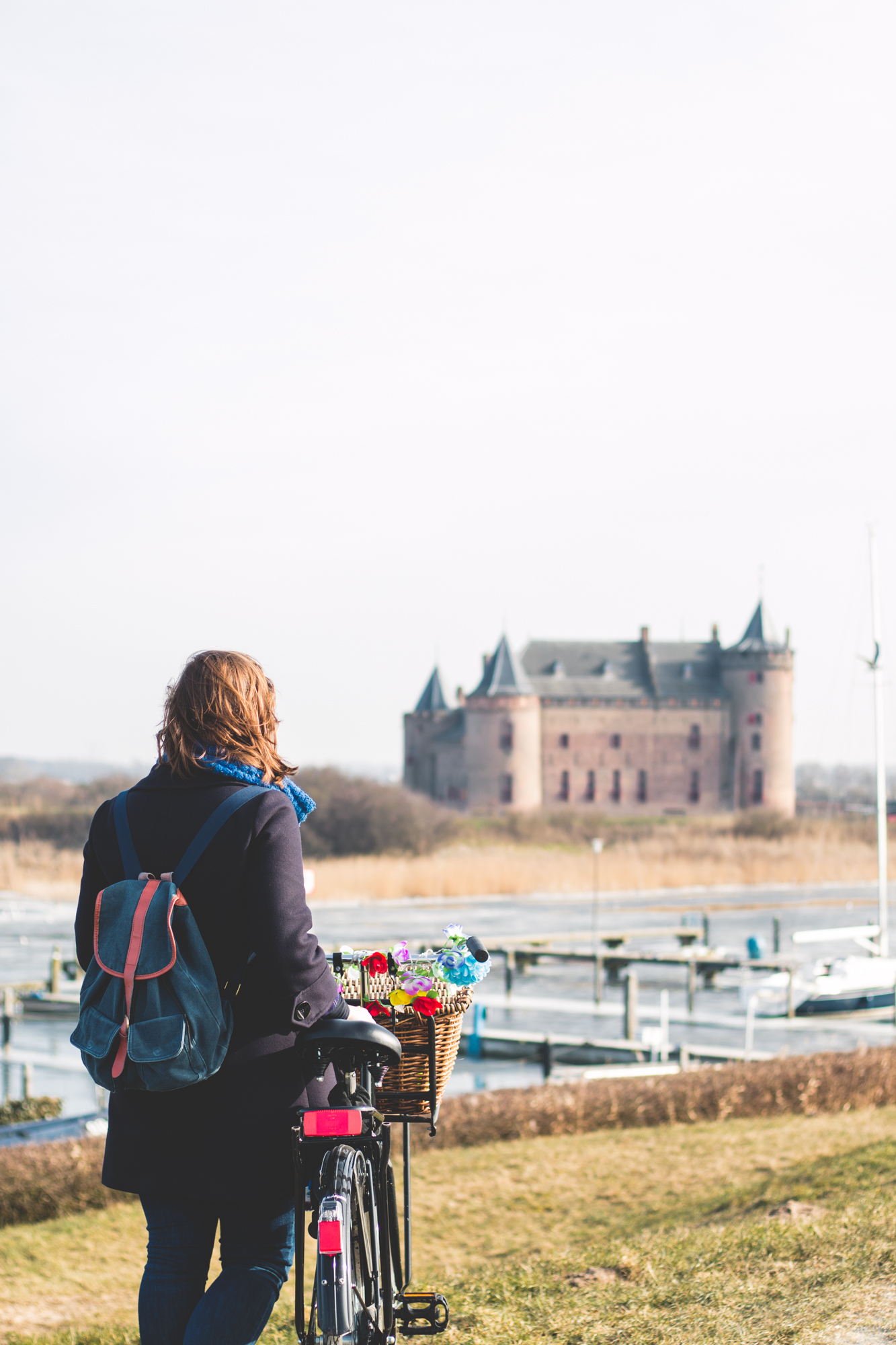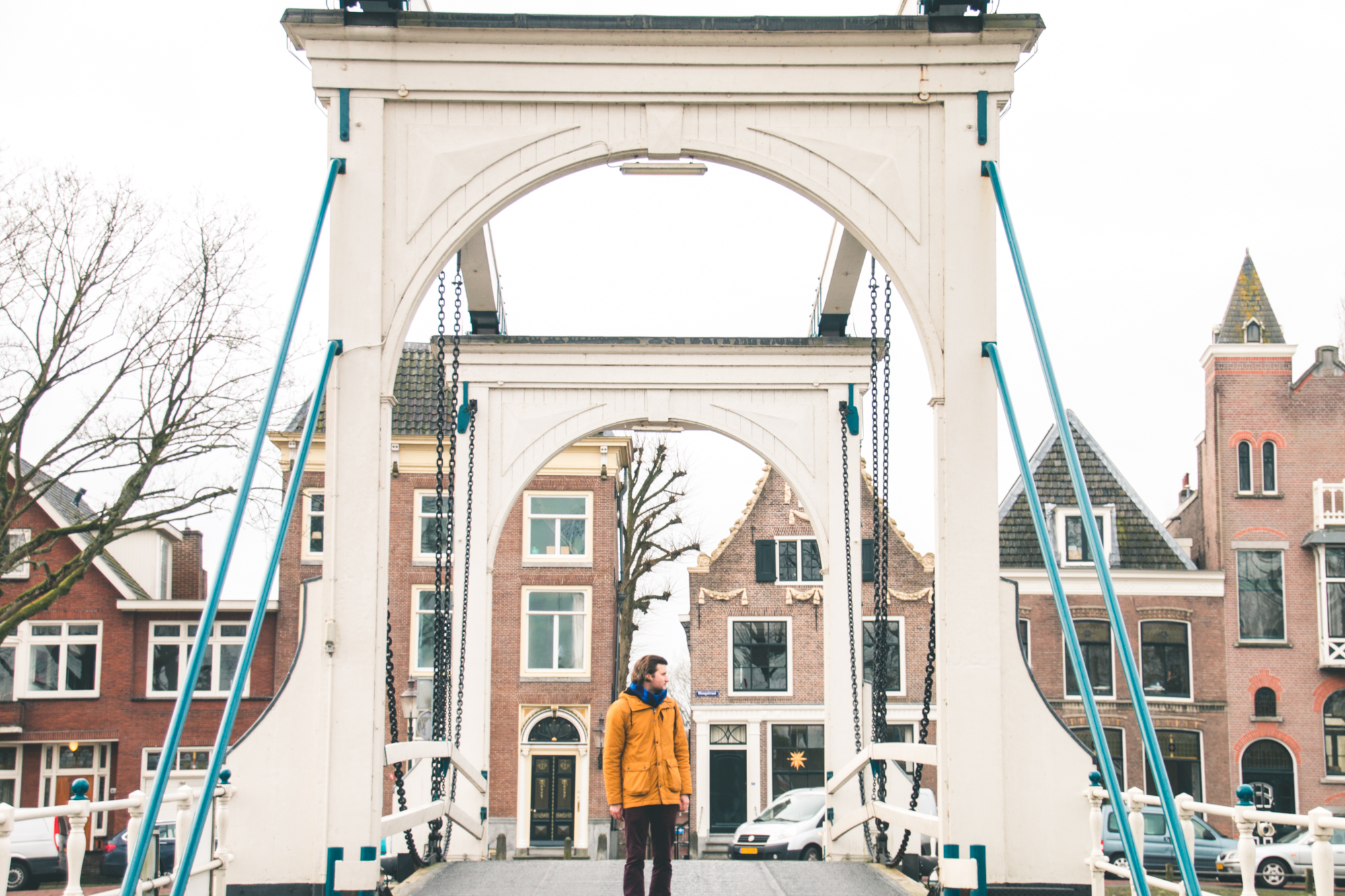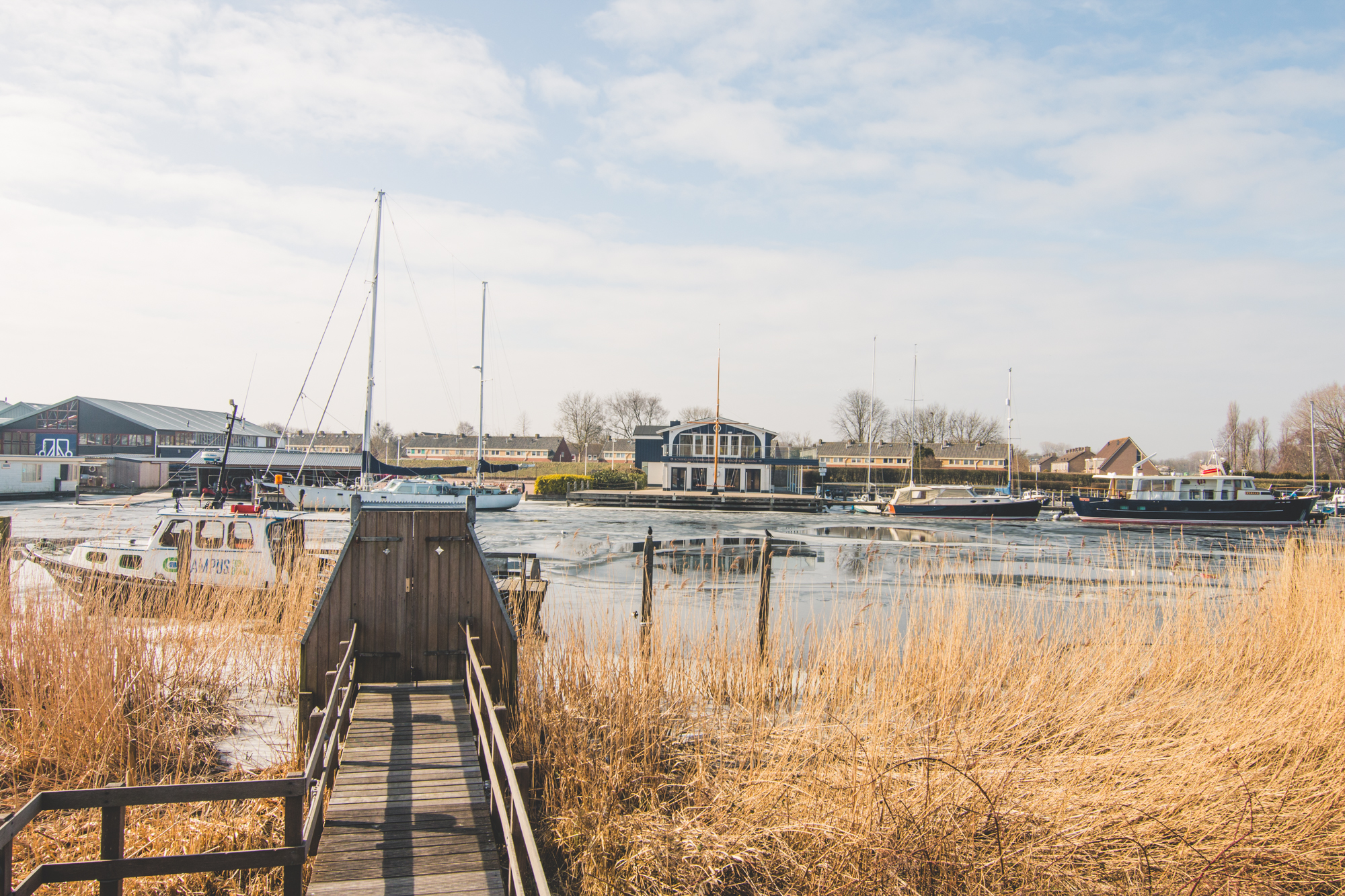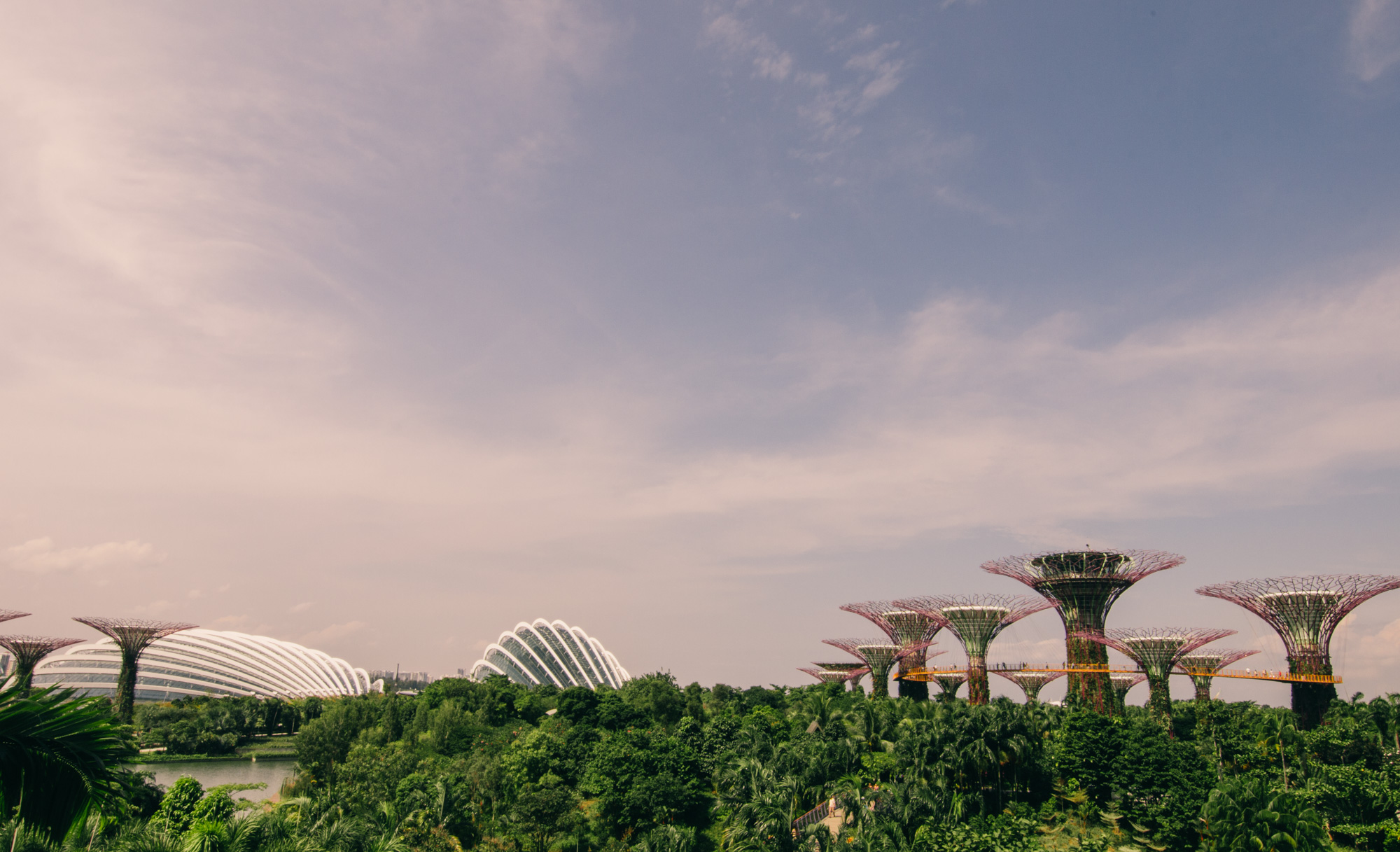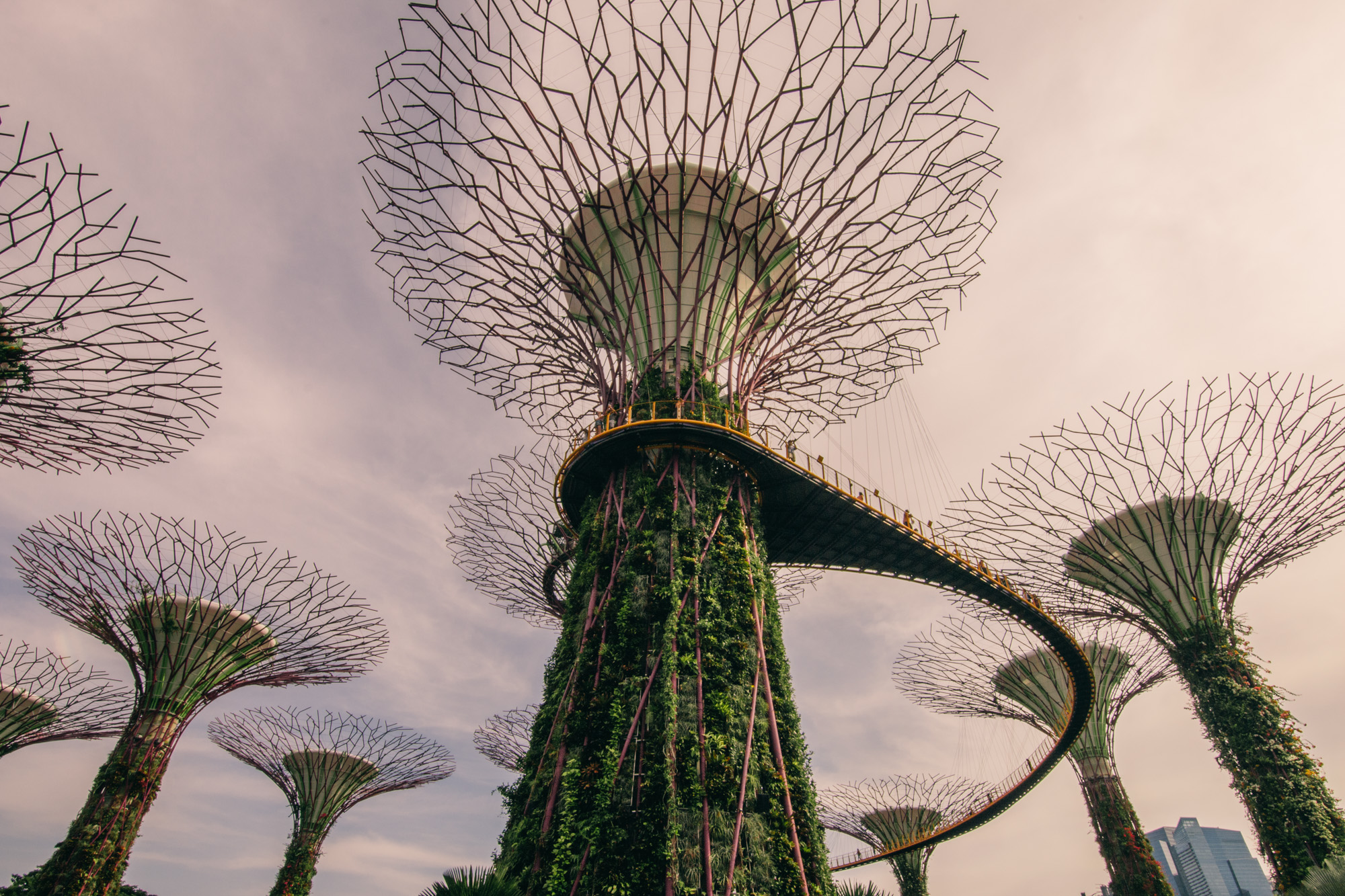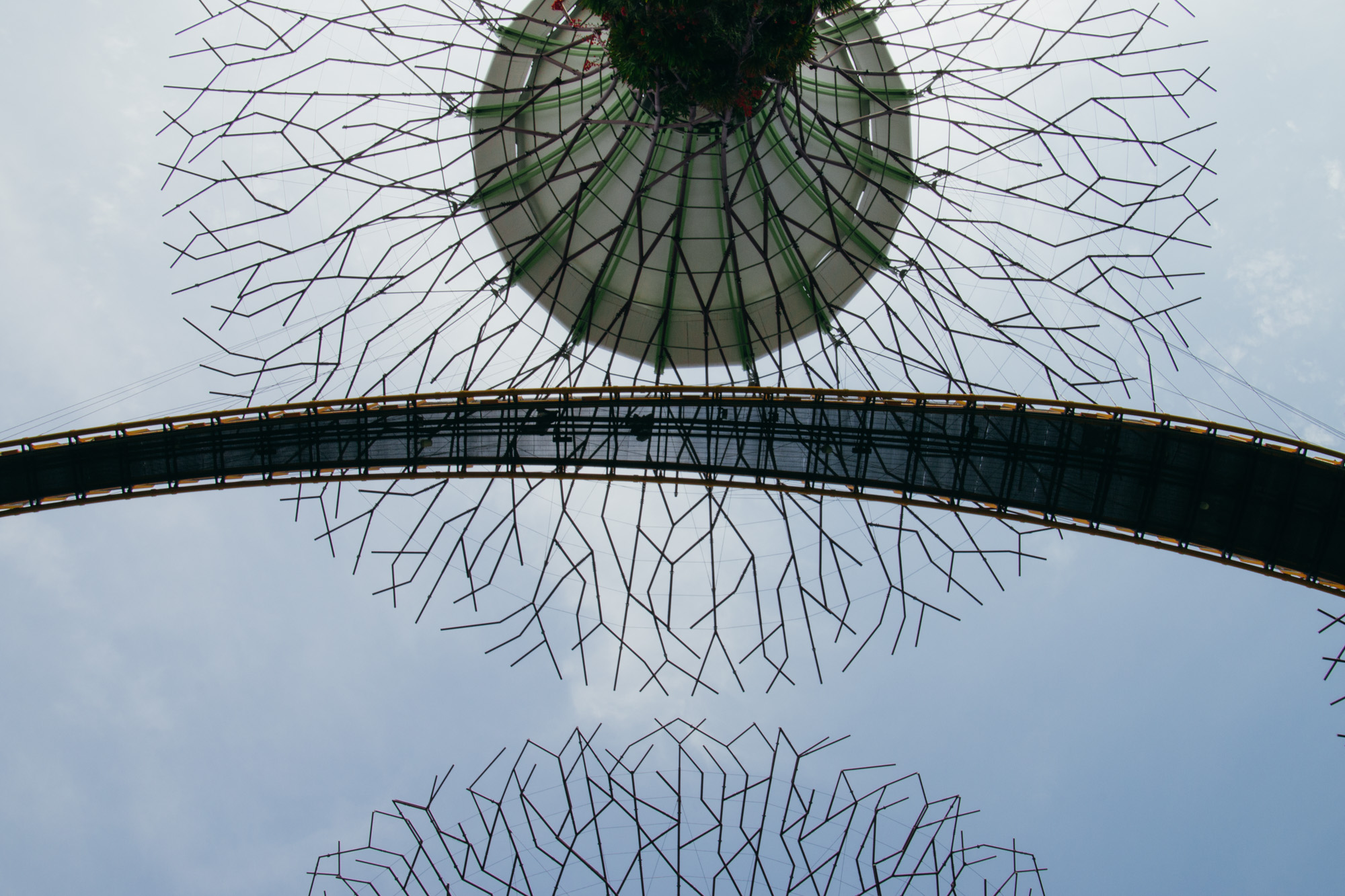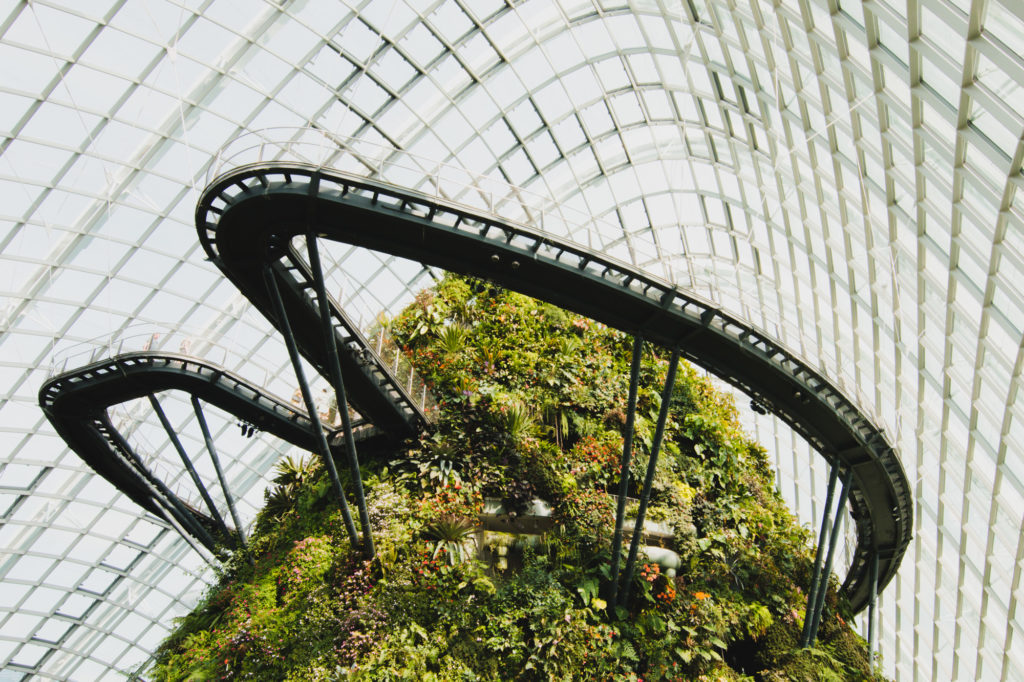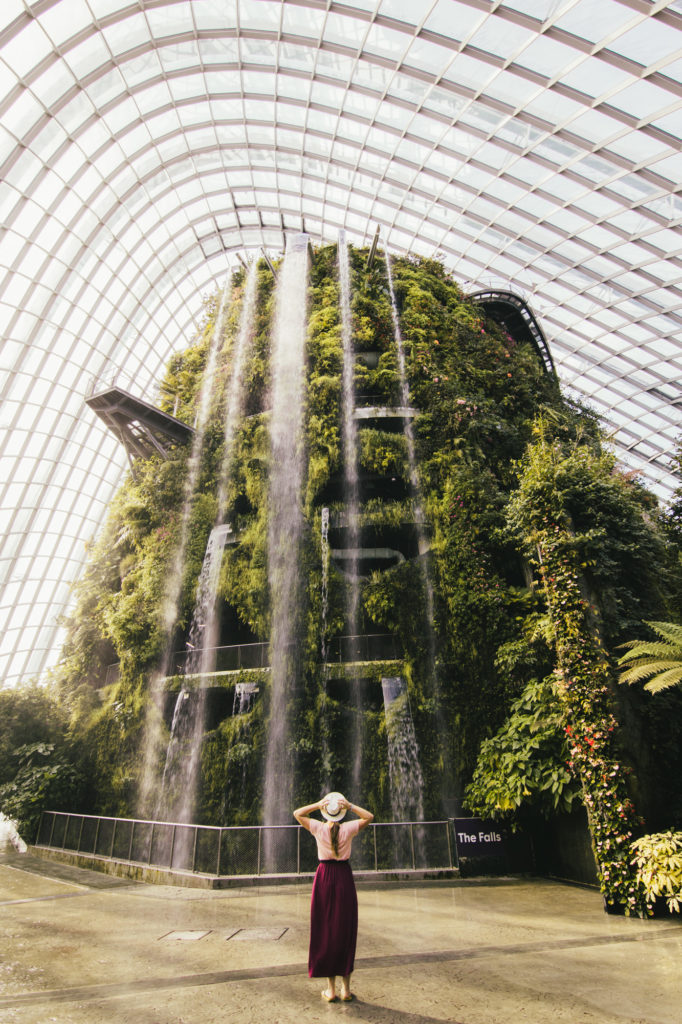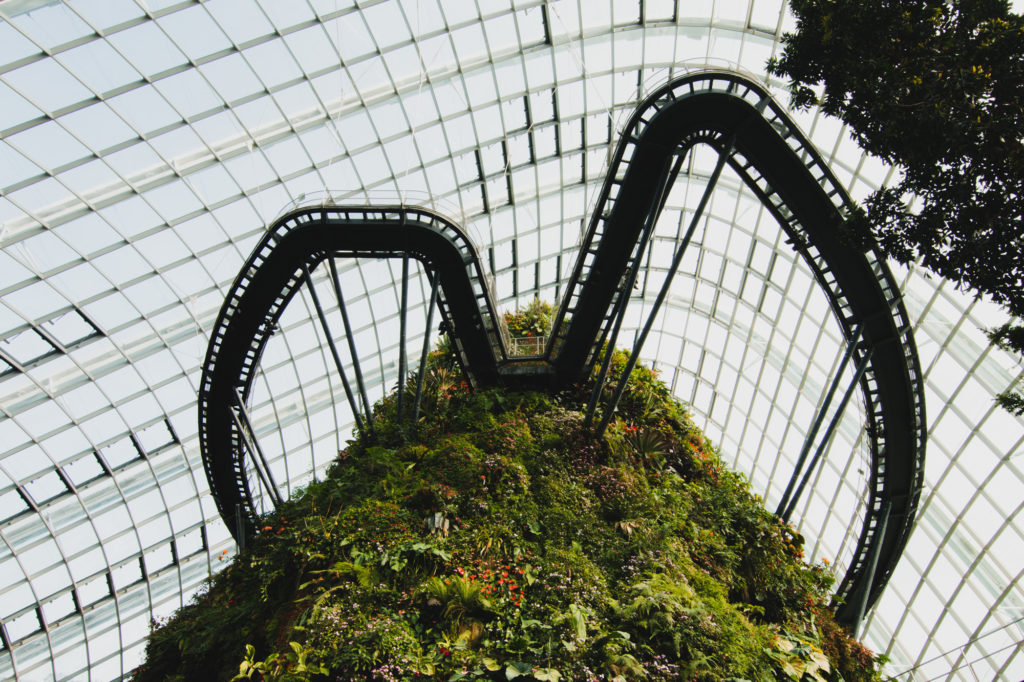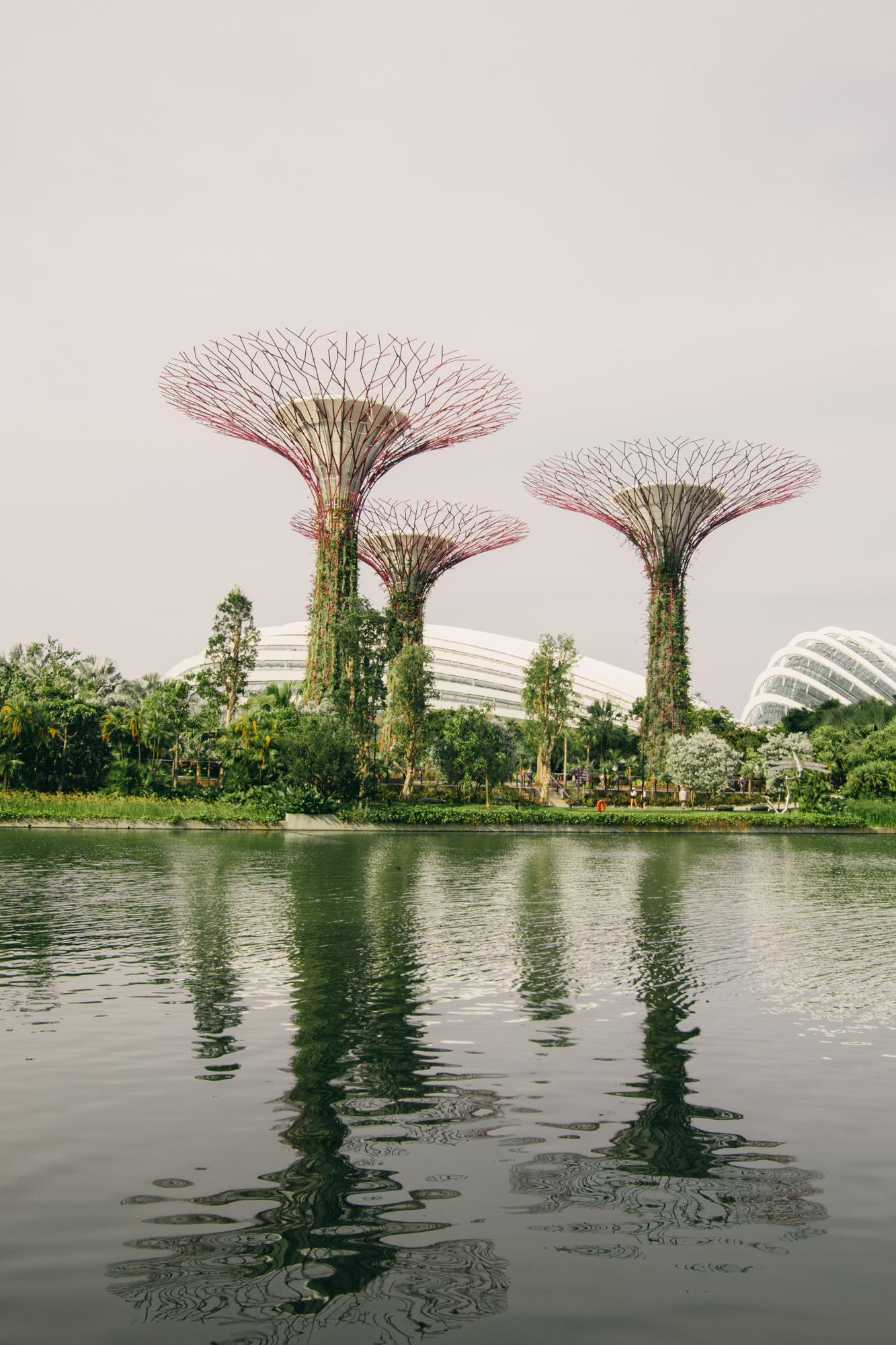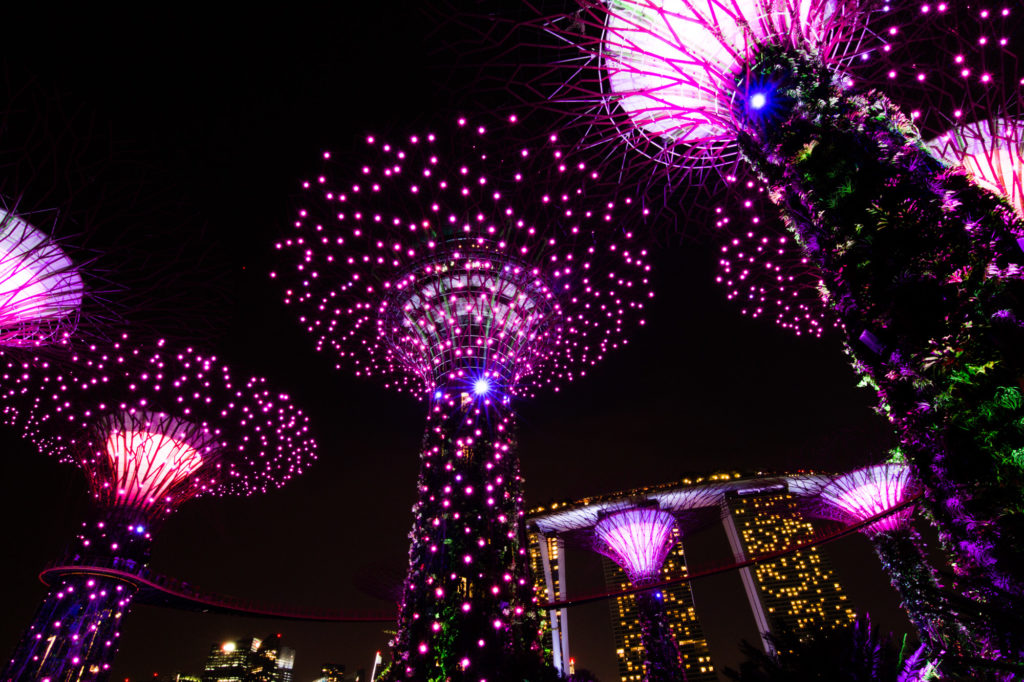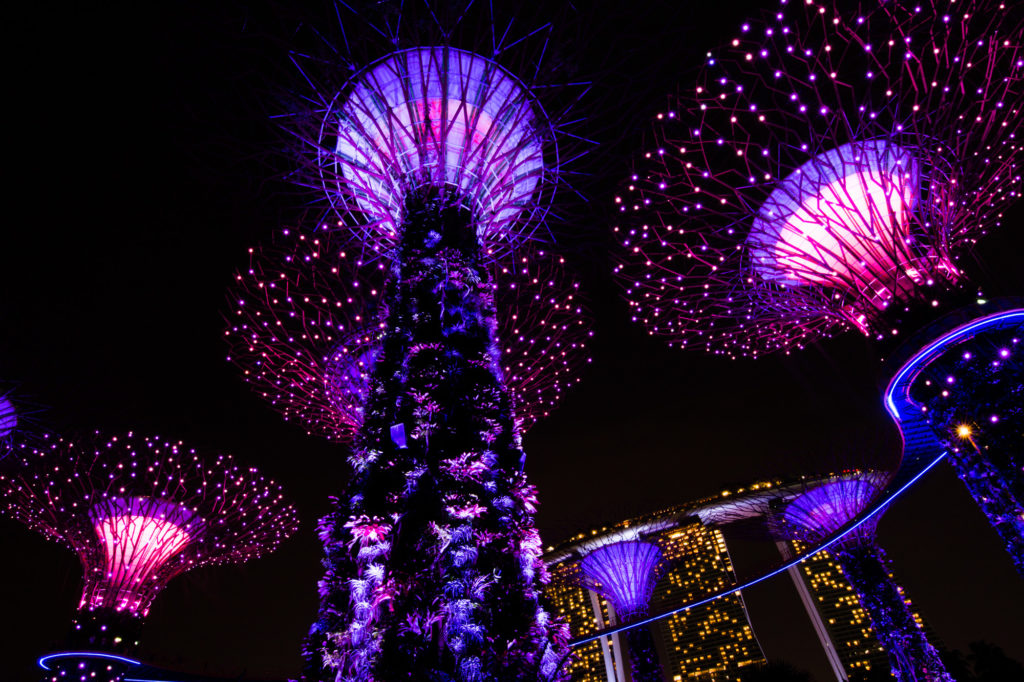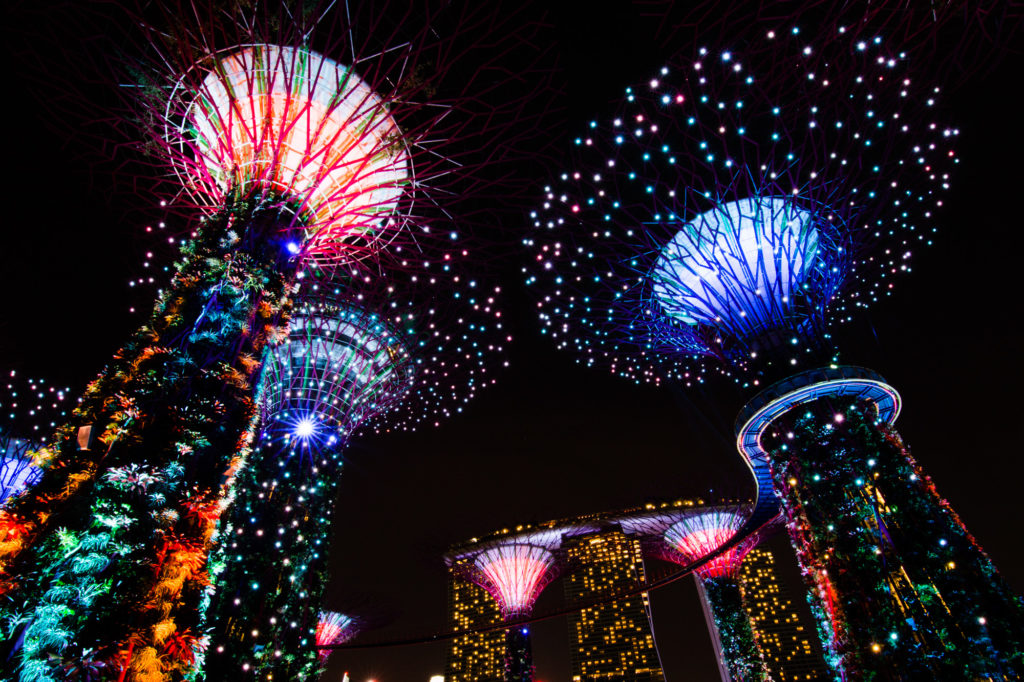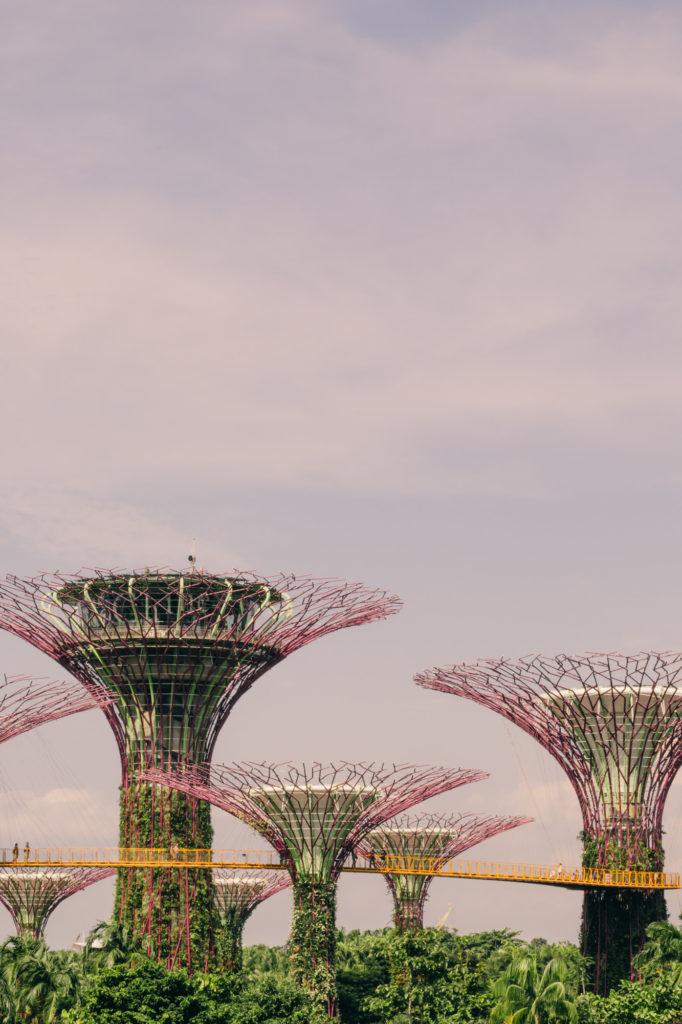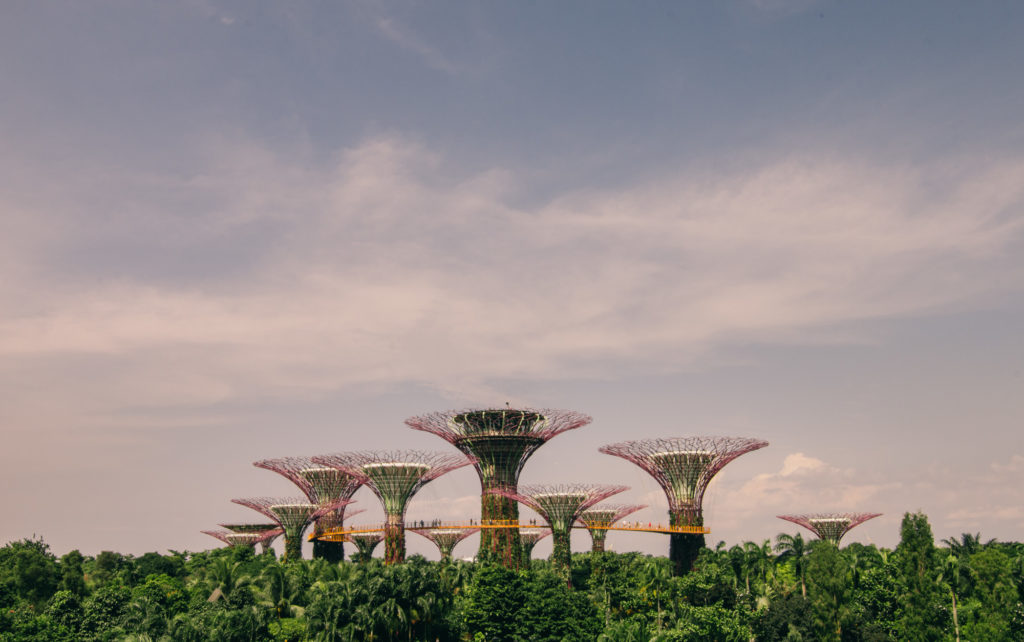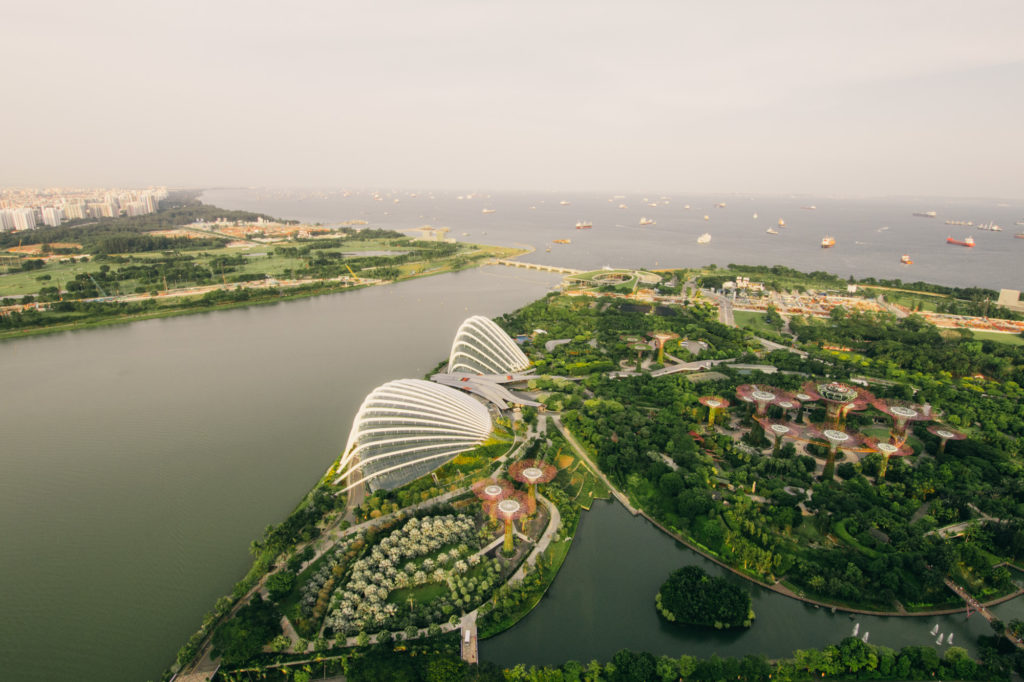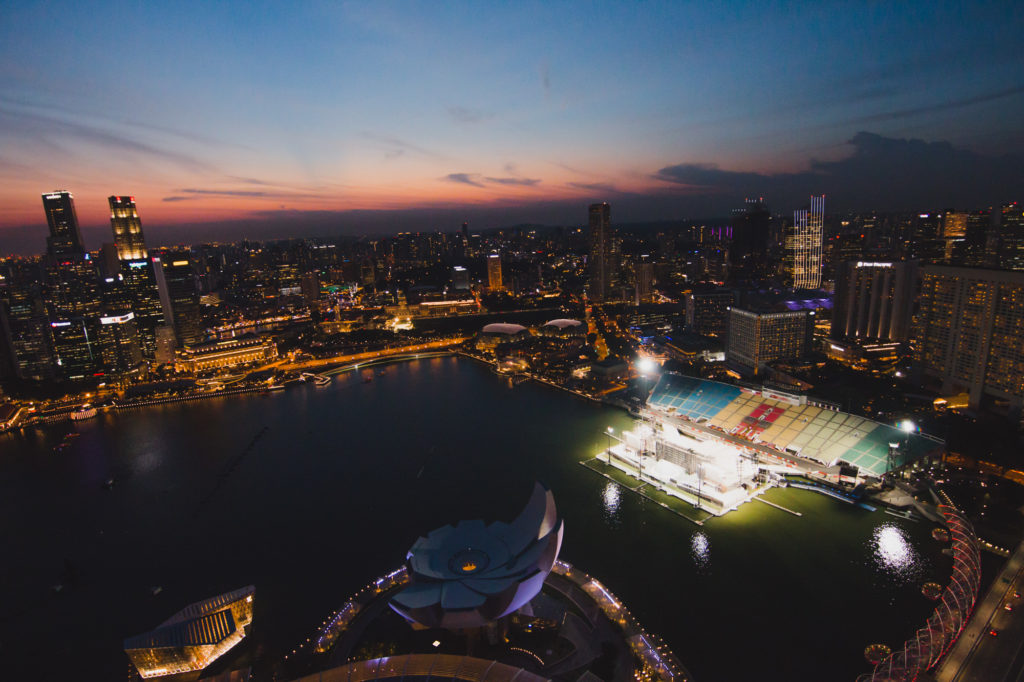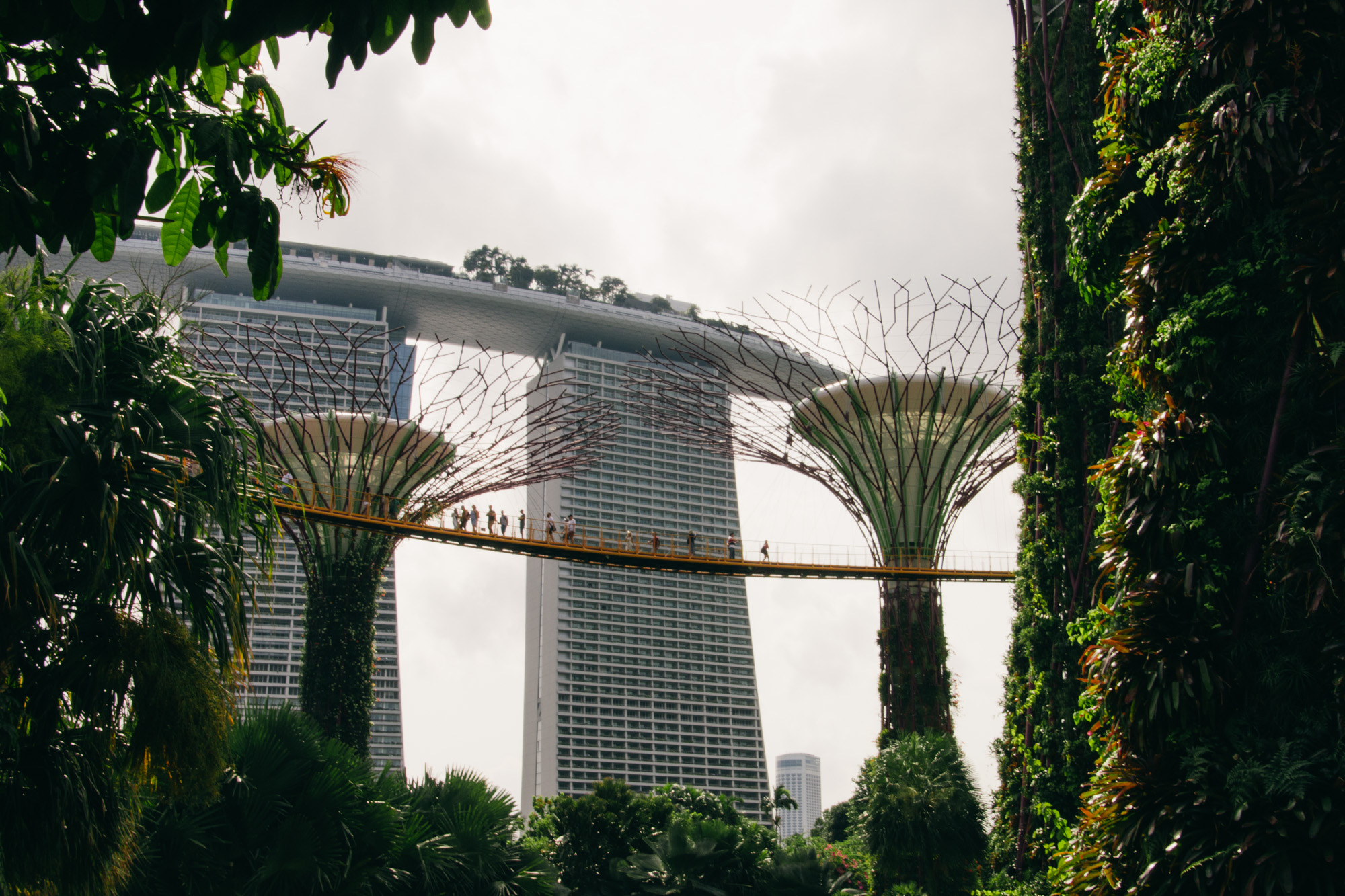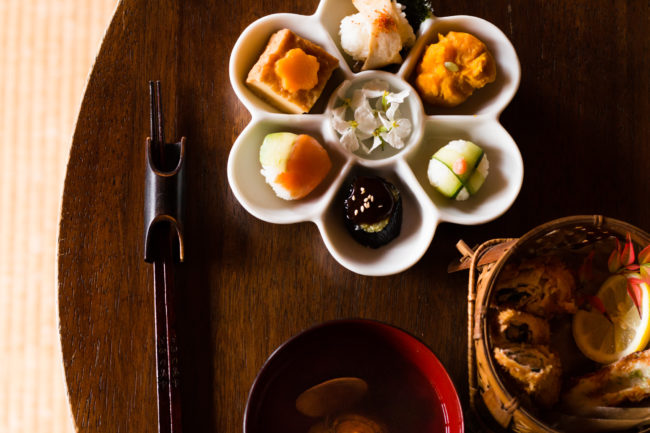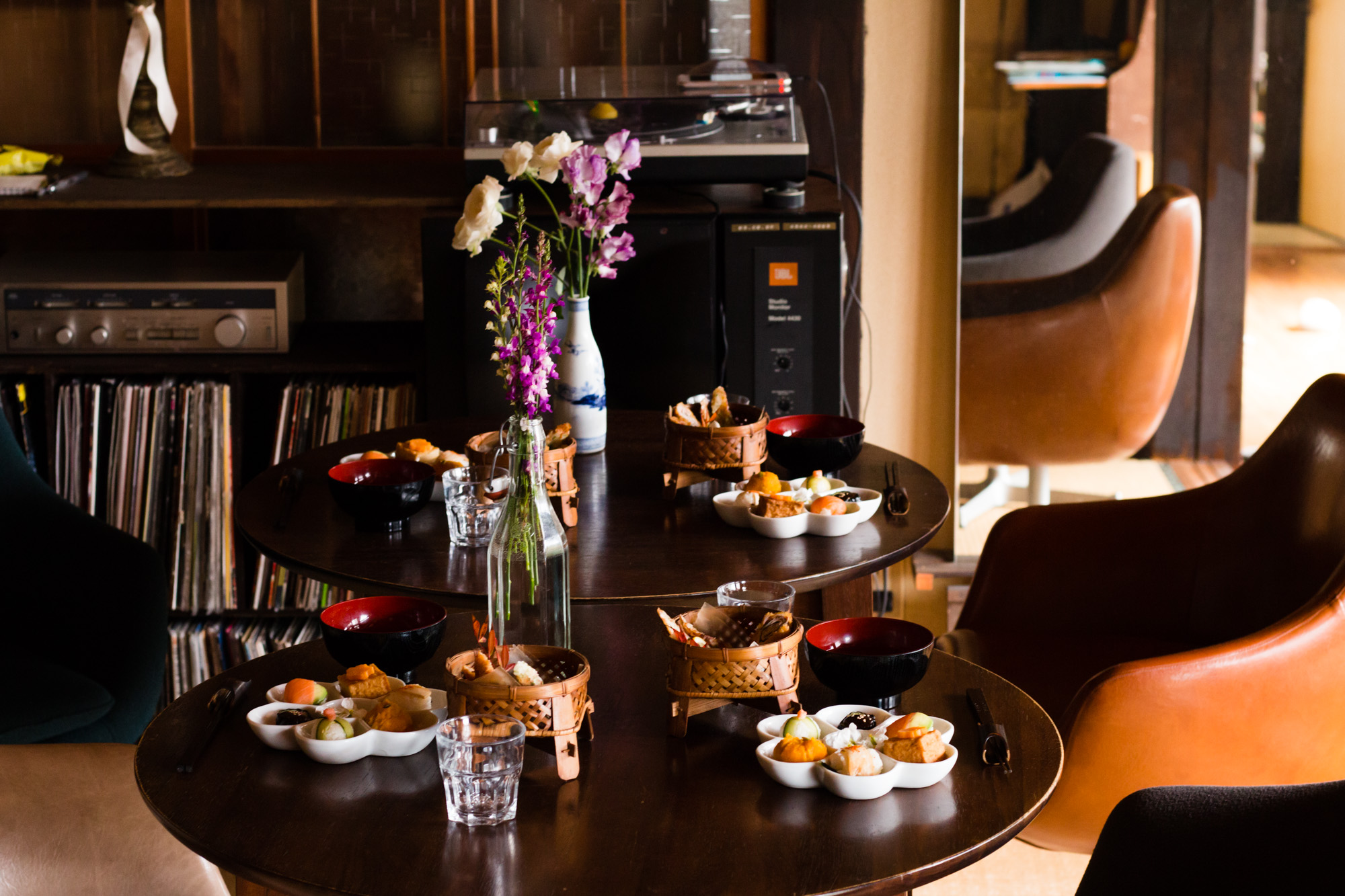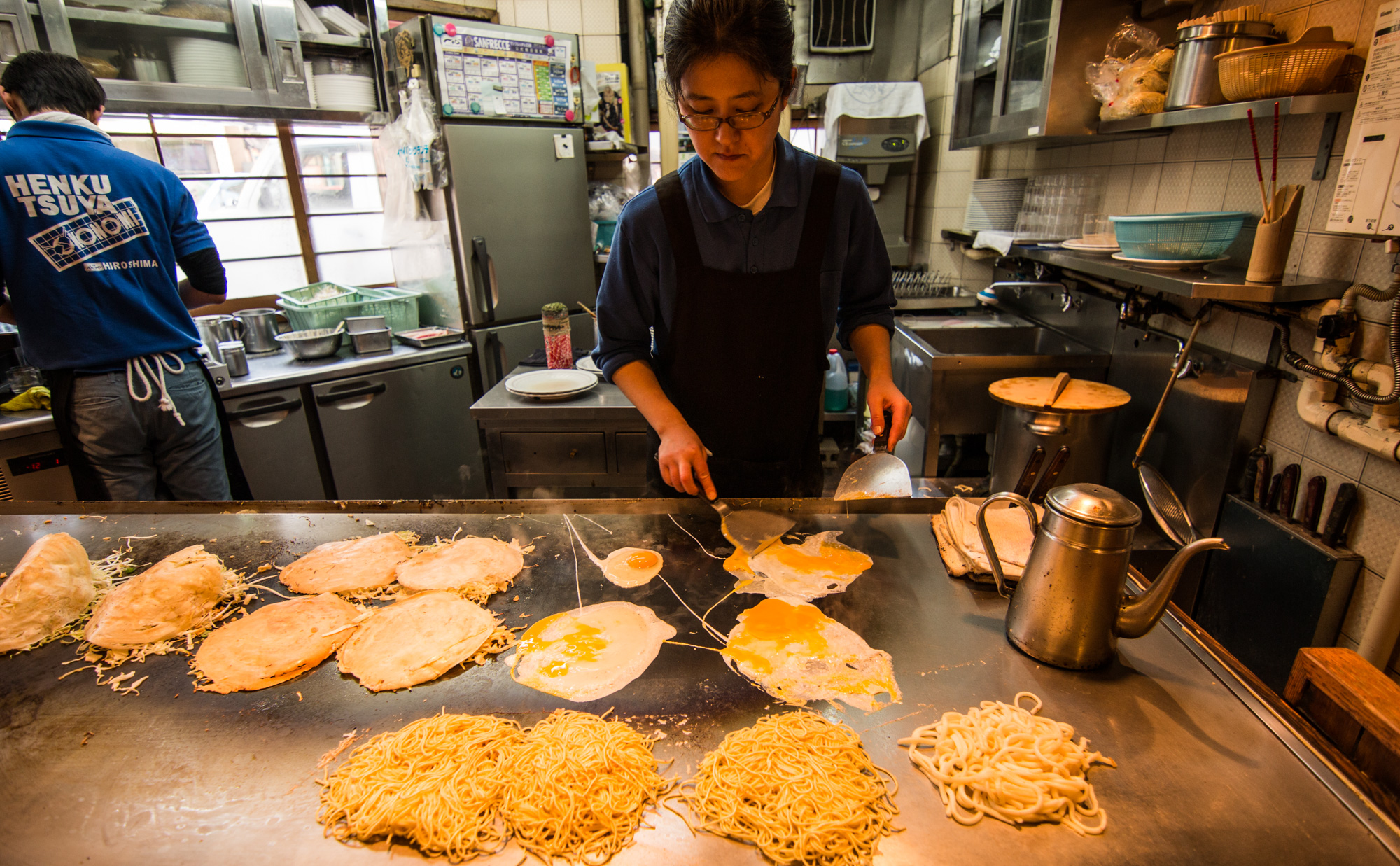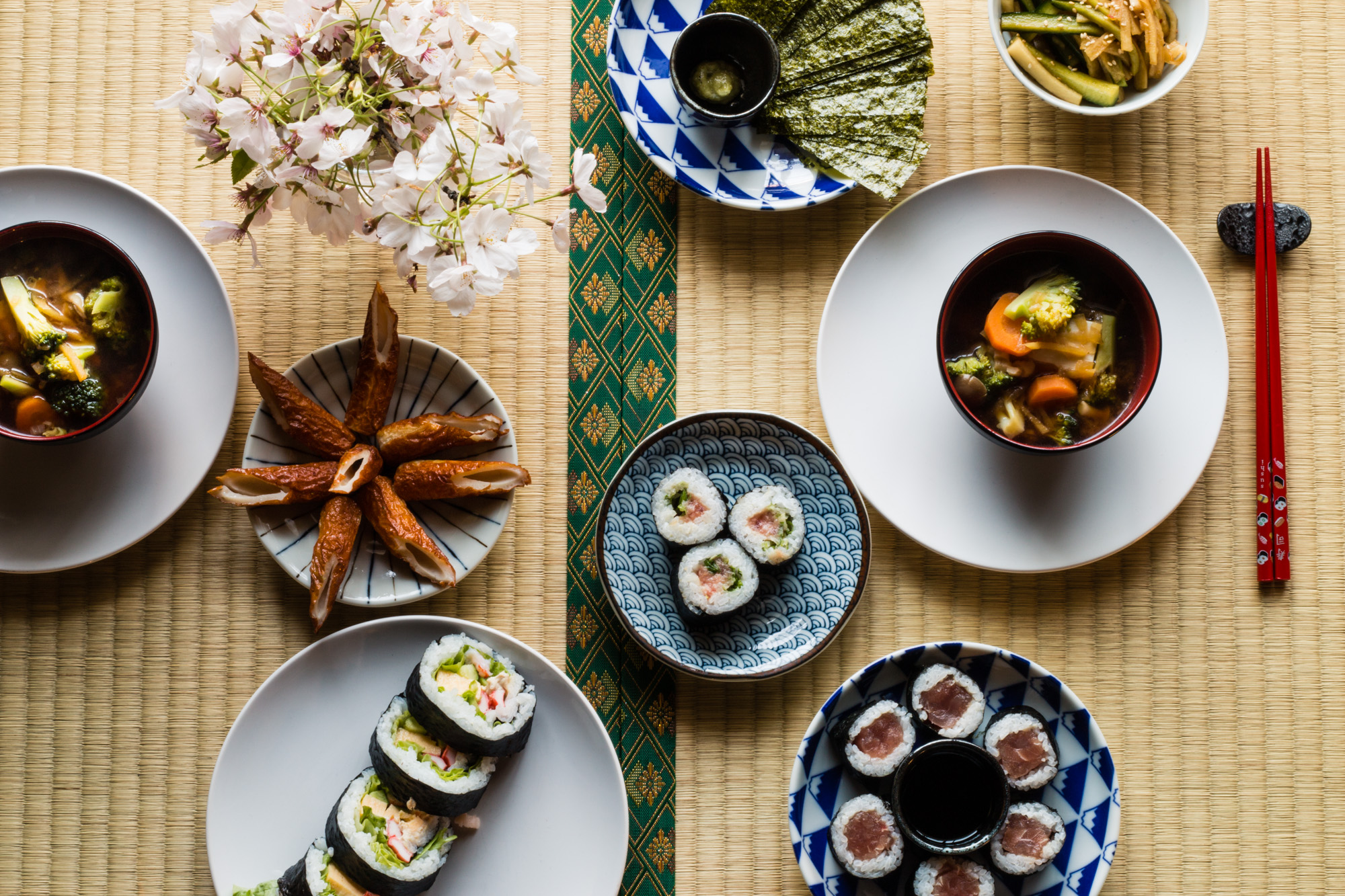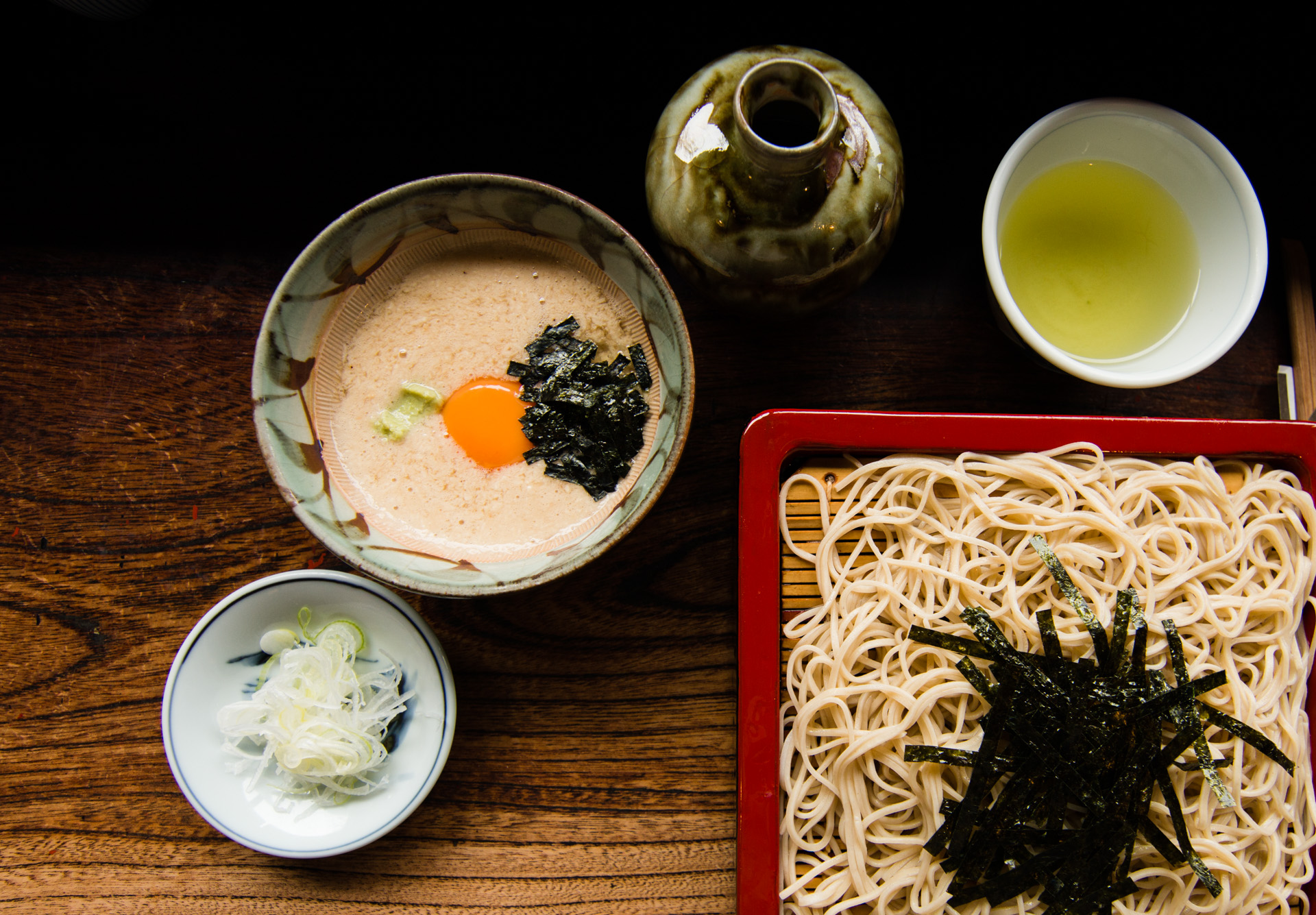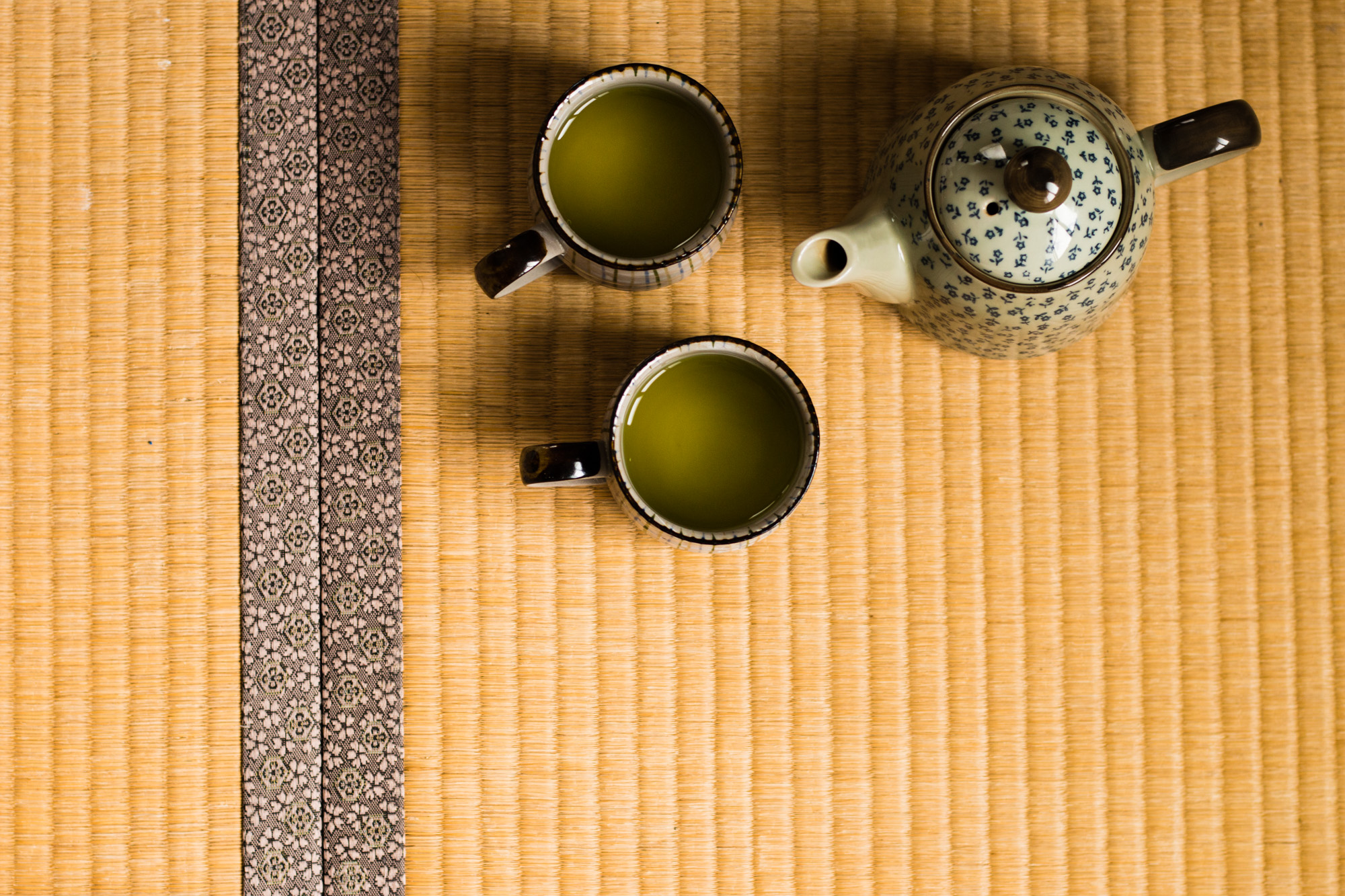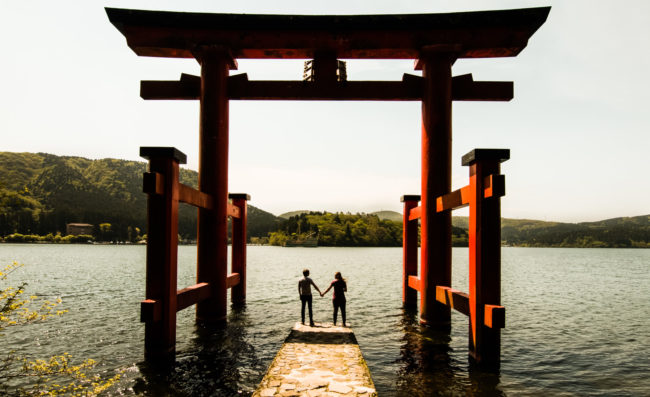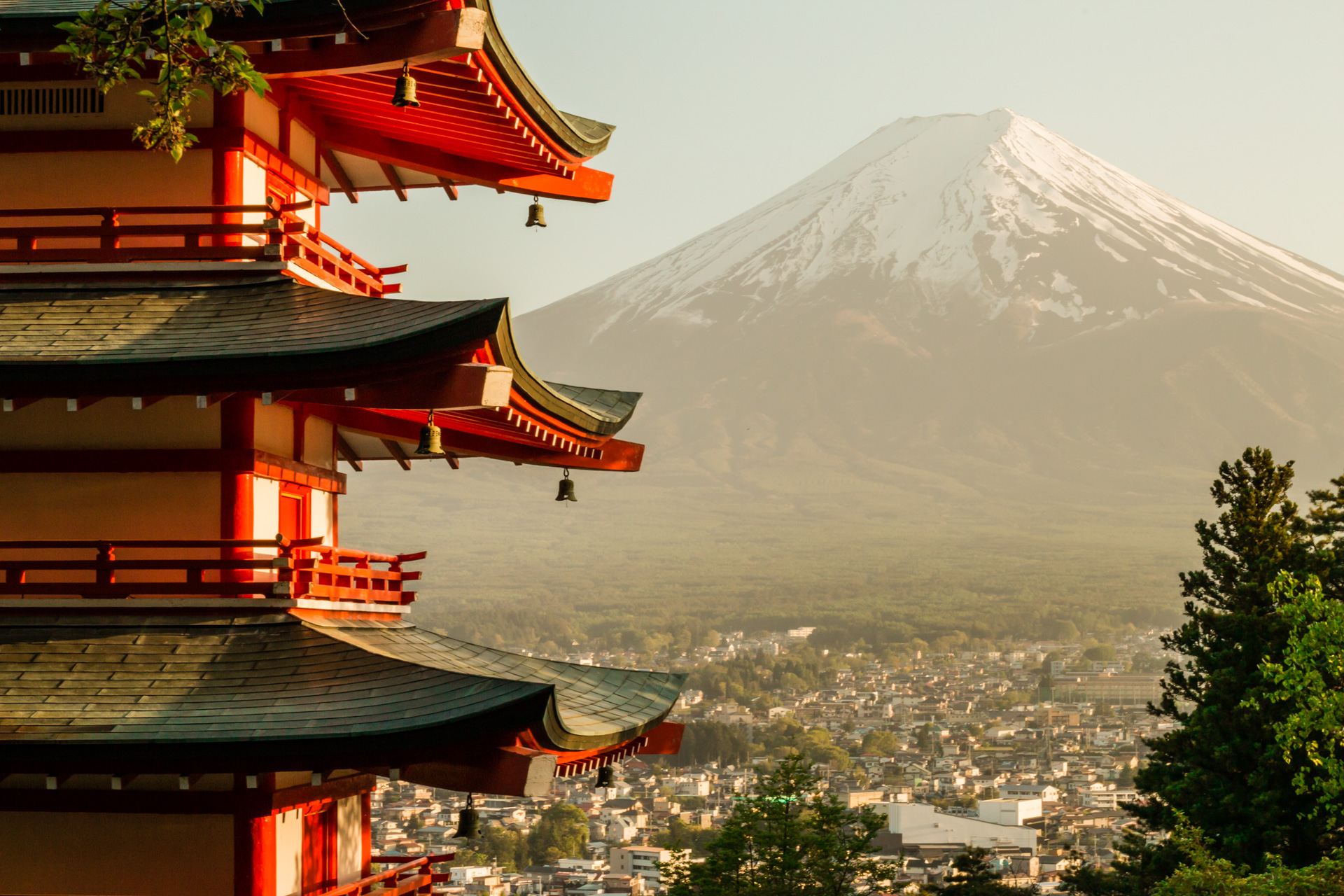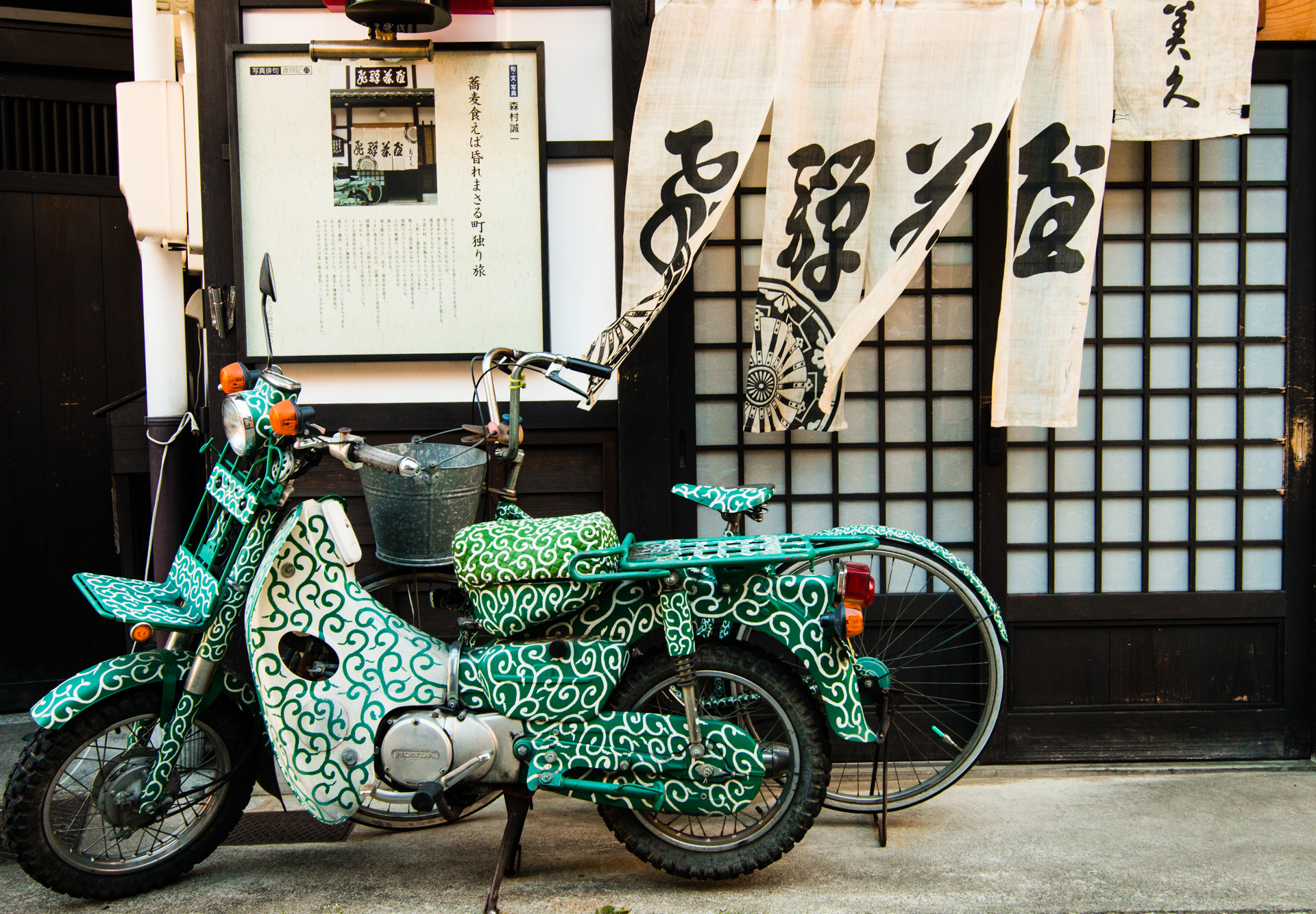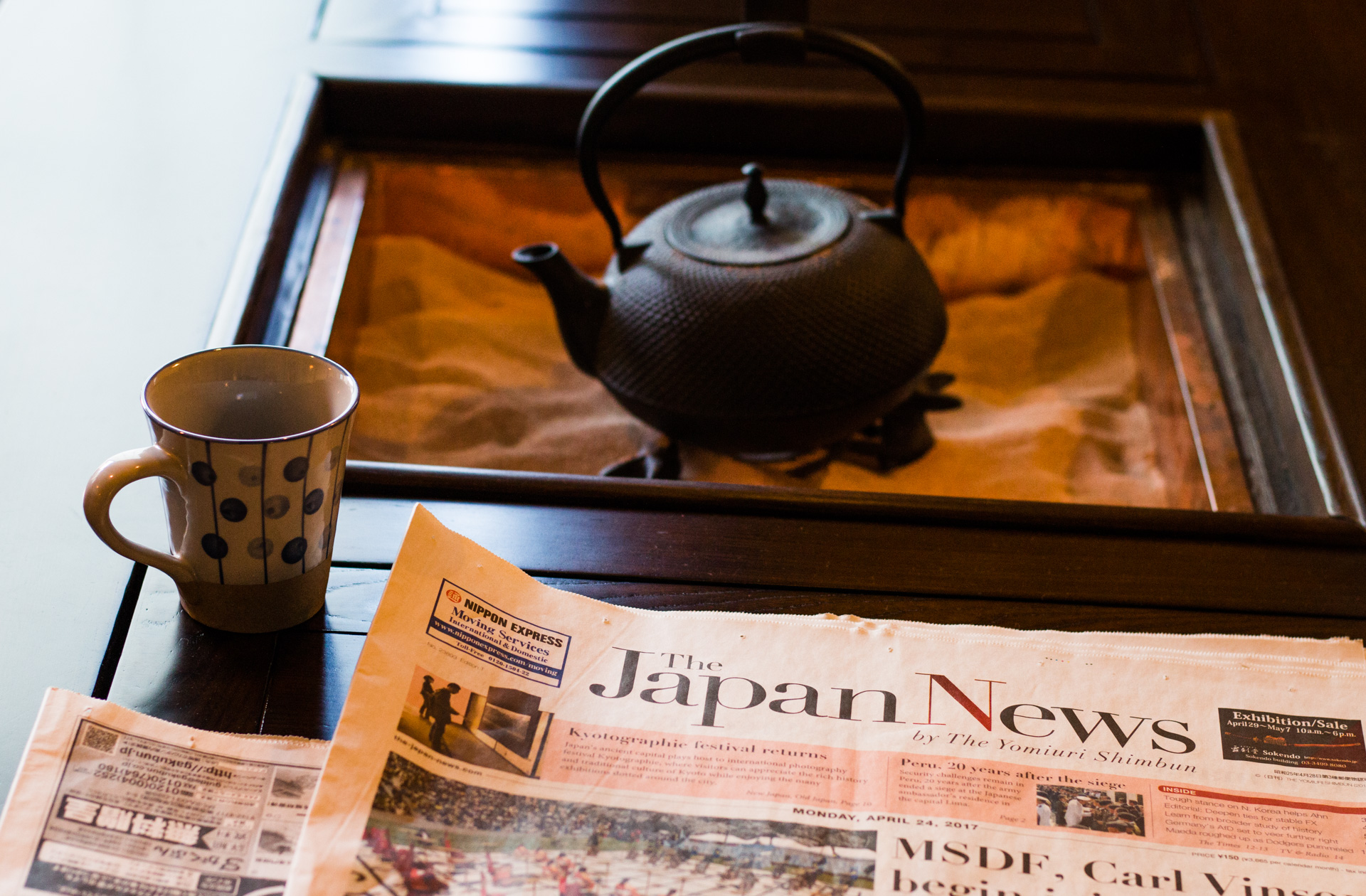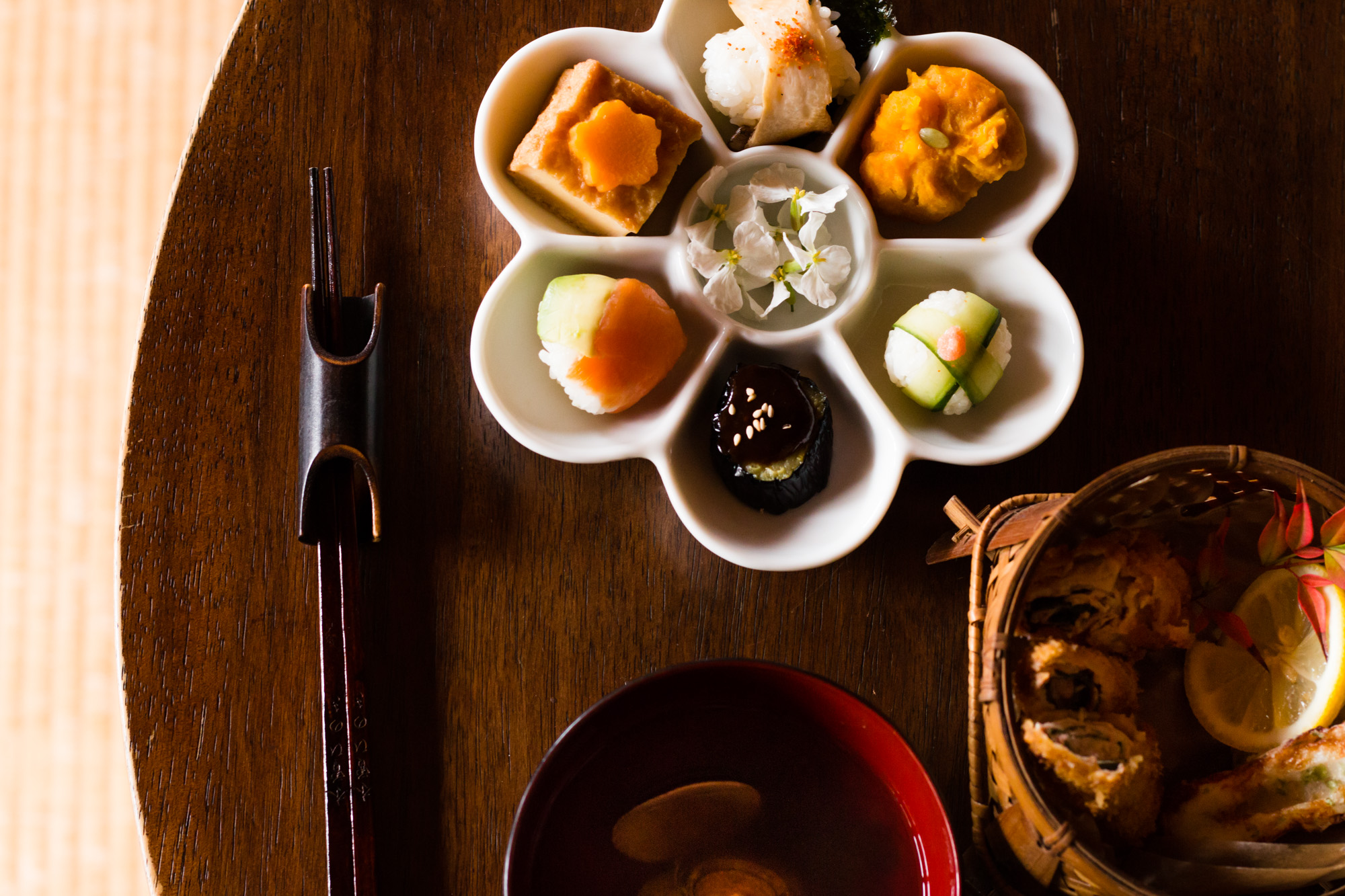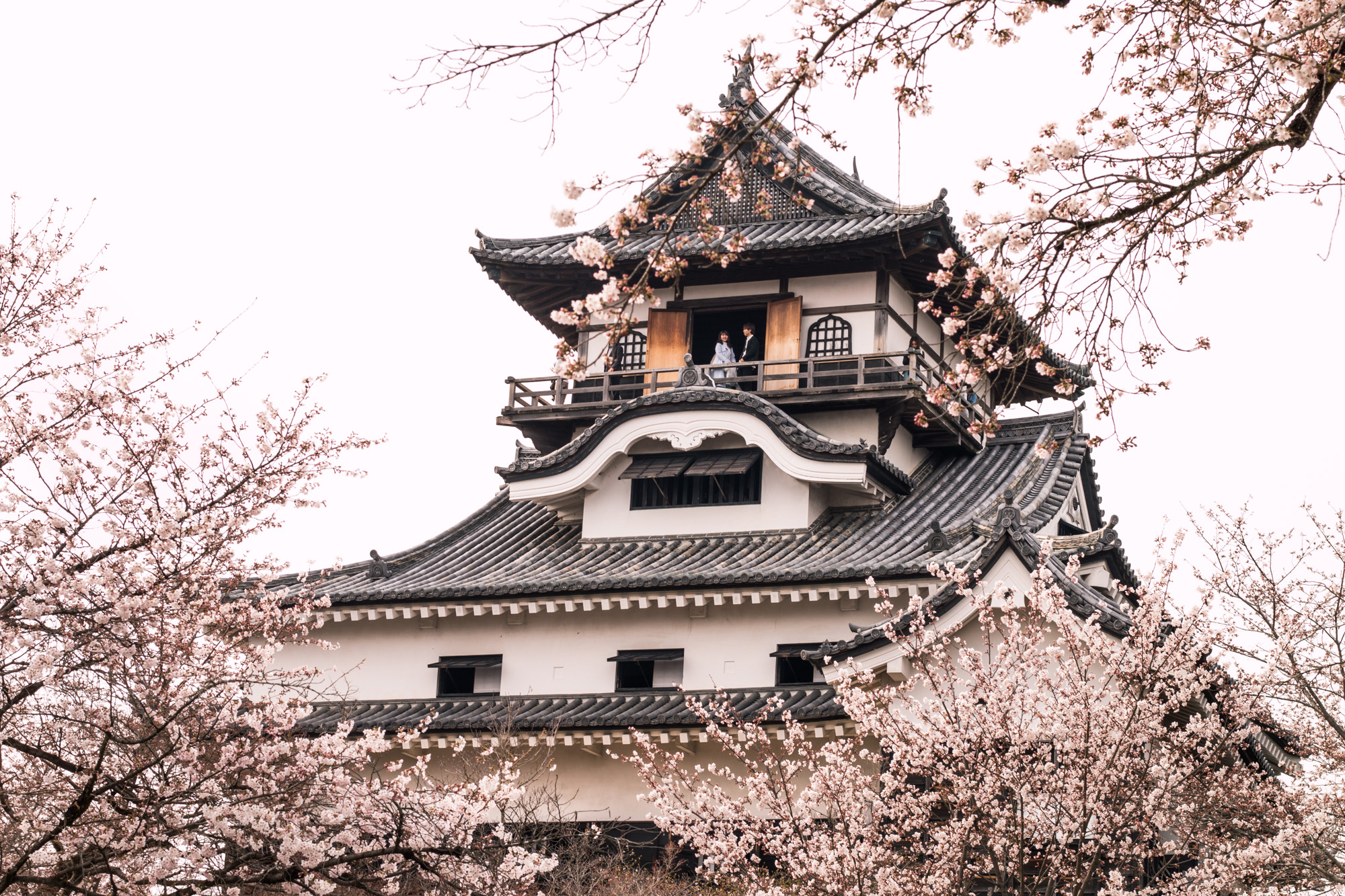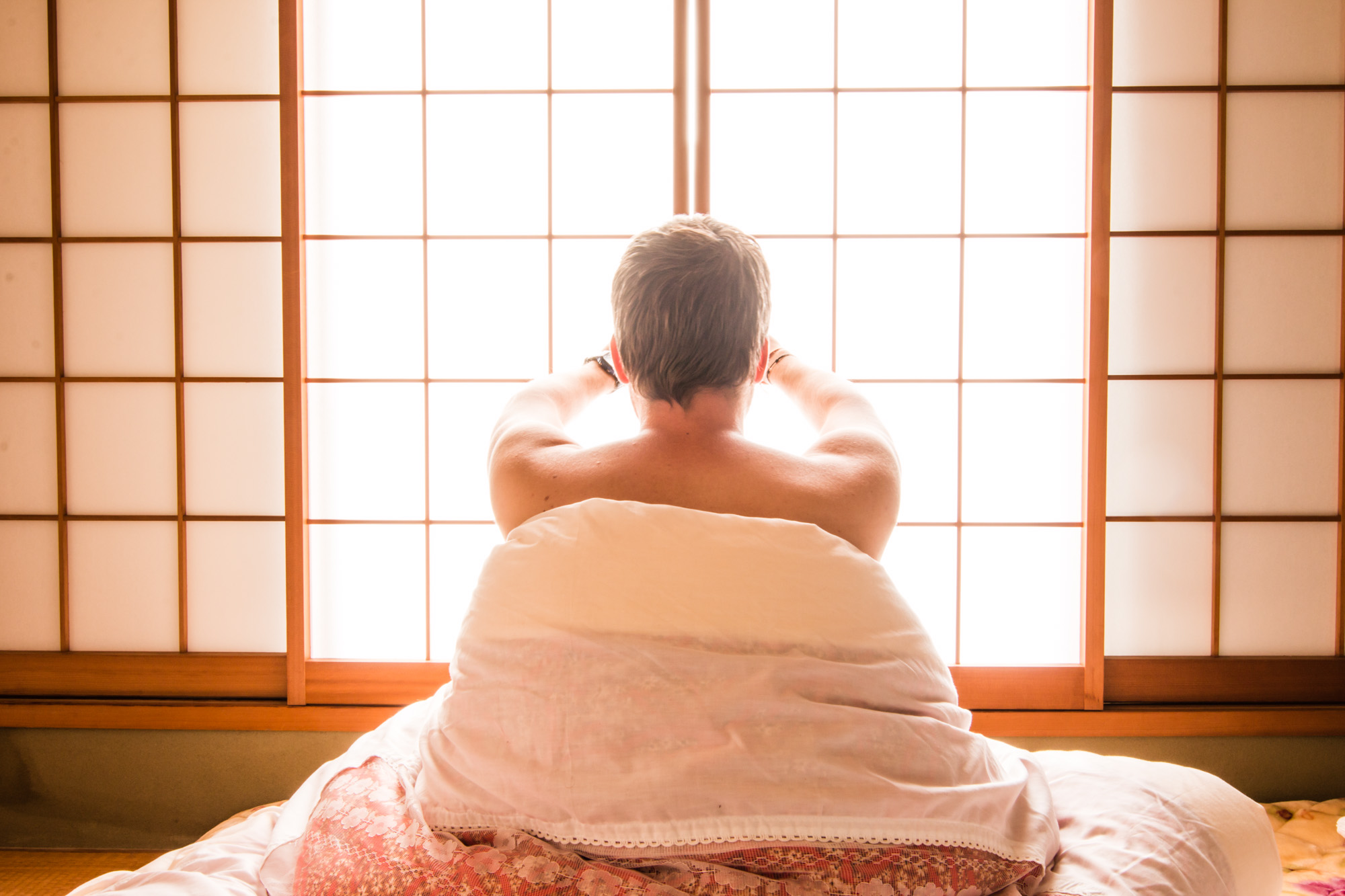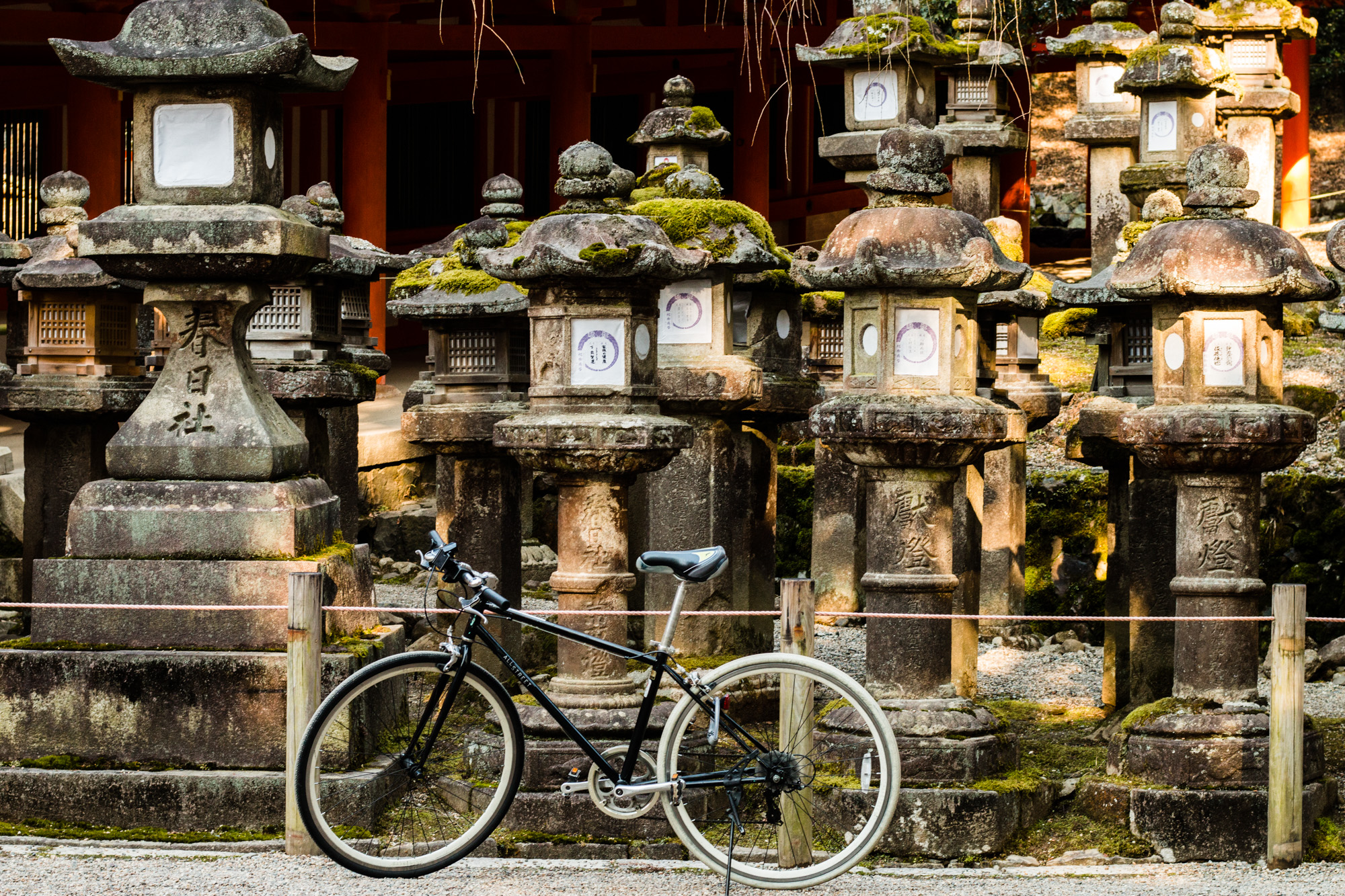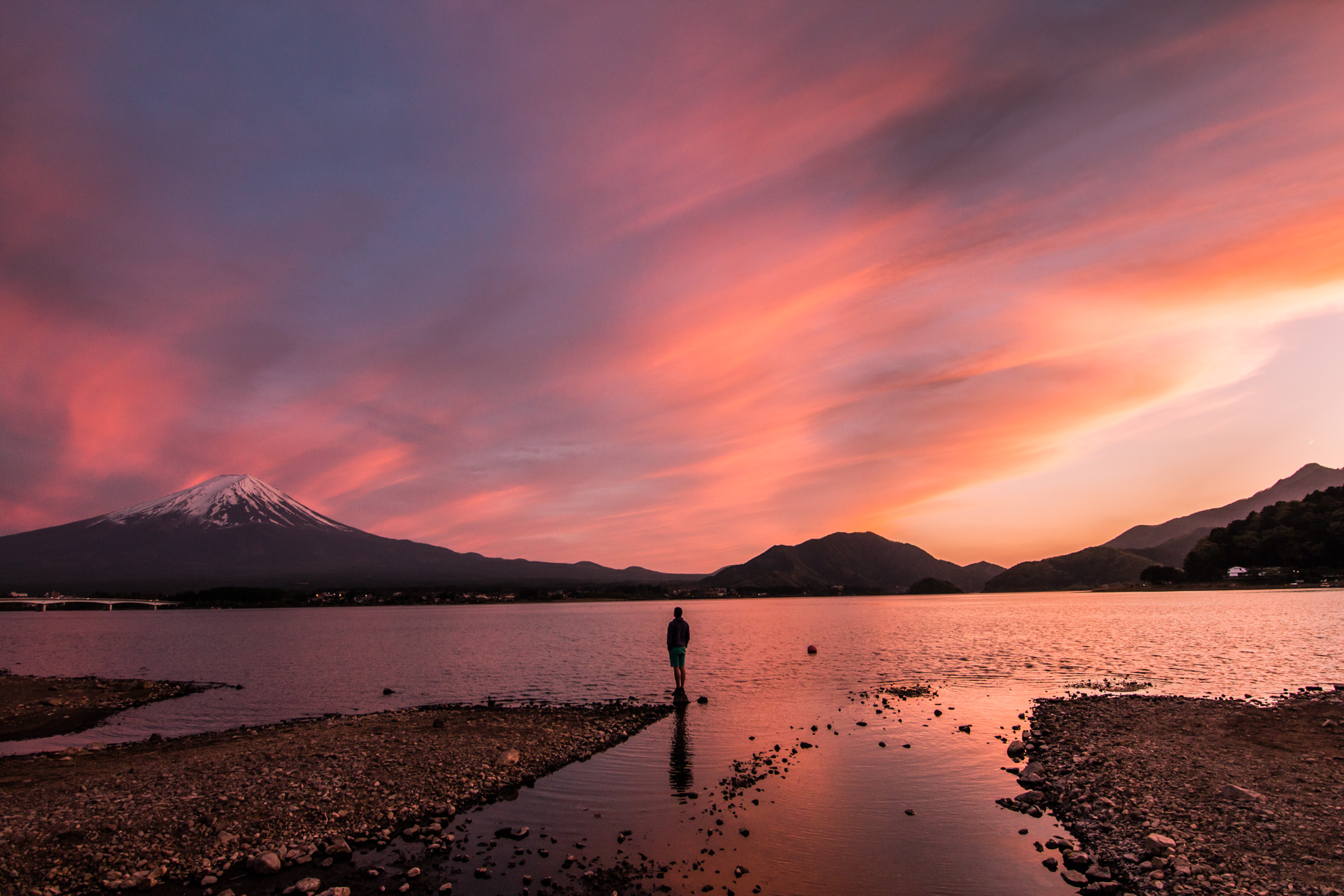Japan can be described with many words but cheap is not one of them. Transportation, accommodation, food…practically everything is pricey. No wonder it was our biggest budget fear. We prepared ourselves mentally to spend just under 100 euro a day for us both. Sounds like a lot but believe me, that’s low budget.
Surprisingly we ended up spending “just” over 7000 euro in 89 days. So that makes 40 euros per day per person.
So let’s break it down. Where did all the money go?
Where did we travel?
We visited many cities like Kyoto, Tokyo, Osaka, Hiroshima, Nagoya and even Fukuoka in the south. We also explored a lot of the countryside in the Gifu prefecture, Iya Valley and surroundings of the big cities. Unfortunately we didn’t get to go all the way north but hopefully that will still come.
How did we travel?
We didn’t want to spend much on transportation so we used local trains, buses and ferries. So no bullet train for us.
On transportation we spend a massive part of our budget (1597 euro). Short distance buses weren’t huge budget breakers. For example a trip from Kyoto to Sanzenin (1hr) cost 550 yen (so around 4 euro each). Buses on mountainous roads were a completely different story. The steeper the mountain, the more expensive it got. To get from Hakone village to the lake nearby we paid 820 yen each (almost 7 euro) for maybe around 40 min ride. In Iya Valley it got even more expensive.
For long distance travels we sticked to the buses especially to Willer Express, they offered a lot of direct connections for good prices. The journey with them from Kyoto to Fukuoka cost us 5900 yen (around 47 euro). It was a very comfy, overnight bus.
For short journeys between the cities or day trips we used local trains. For example to go from Nagoya to Nabana No Sato garden we paid 400 yen each (around 3 euro)
Where did we stay?
The most economic accommodation turned out to be aribnb so we stayed a lot in small studios with private kitchen, bathroom and all the Japanese crazy commodities of life. In Hiroshima we got a lovely studio with bikes, super-fast wifi and even pocket wifi that we could take with us. All that for only 33 dollars a night. Most of our Airbnb studios were really great value for money, pretty and in range of 30-40 dollars. It’s really hard to believe but they were way cheaper than dorms or guesthouses.
In more rural areas where there was no studio to rent we had to go for hostels. In Hakone we slept in a double capsula for 10400 yen per night (around 83 euro), by far our most expensive accommodation. In Iya valley we stayed in a charming, traditional double room with tatami floor and futon for almost 70 euro per night for us both.
We also spend 2 weeks volunteering in a guesthouse, south of Nagoya where we stayed for free. Except for that we visited a friend and stayed at her grandma’s house for a few days in Osaka. Those saved us a lot of yen… that probably went for food 🙂
In total we stayed 50 nights in Airbnb studios, 18 nights in a variety of shared accommodations, mostly capsula style and the rest in “free” accommodations volunteering or visiting. In total we paid 2558 euro on accommodation.
What did we eat?
We fell in love with Japanese food and its variety. We ate a lot of seaweed, sushi, sashimi and a variety of veg. Since most of the time we had a kitchen, we cooked a lot. But we also ate out to try authentic local cuisine. We went to mid-range restaurants as well as markets, bars and very local ramen micro-restaurants. During volunteering and visiting we enjoyed a lot of Japanese goodies cooked by our hosts.
The only drawback were ridiculous prices of fruit which forced us to limit ourselves to bananas and kiwis…
Overall we spent 2227 euro out of which 473 euro went on eating out and the rest for grocery shopping or convenient store sushi.
How expensive are museums, tours etc?
On tourism we spend 296 euros and that includes entries to castles, museums, gardens and sake tastings.
Most castles cost around 500 yen (around 4 euro). The most expensive ticket (2300 yen so around 18 euro each) was Nabana No Sato, amazing gardens and a bit of a theme park in one.
Where did the rest of our money go?
273 euro in the equipment section of our budget went for clothes that we bought in Japan. We treated ourselves with some amazing socks, t-shirts and replacement for stuff that was worn down. I also bought some Japanese cloth that can be folded to a very nice purse and that according to Jandirk is an essential thing to have and therefore belongs to equipment.
In 98 euro from miscellaneous we included postcards, chopsticks and small souvenirs we bought for ourselves as well as luggage storage and small expenses that didn’t fit in any other category.
Our tips to save money in Japan
- Stay in Airbnbs ! ! ! Huge budget saver! I know Airbnb seems to be “the more pricey” option but in Japan it’s really the cheapest that there is. It requires a bit of planning in advance, the best places fly out of the window pretty fast. It’s also better for stays longer than 4 days, just because of the cleaning fee and Airbnb fee which then spreads nicely without hurting your sight and account. Many of the properties have pretty great discounts for stays above 7 nights. If your schedule is flexible, you want to stay longer in a place and you want great value for your money, Airbnb is the way to go!
- Consider volunteering! Japan is not a country that you can understand over a day or two. It’s a long, never-ending process and the best way to do it is to volunteer. You get closer to the people that live there, you can ask them questions and see their lifestyle. Not to mention that you can help them! For opportunities in guesthouses, farms and yoga centers go to Workaway.
- Go to the tourist information. Except for Tokyo we met nothing but kindness and a sea of help in the tourist information. Those people are magicians, they know everything and what they don’t know, they will find out for you. They can book you a ticket, find a bus, inform you about millions of discounts and save you a lot of money. Japan has a lot of special tickets and offers for foreign travelers but they are pretty complicated so you really need someone to clear all of them up for you and fish out what could work for you.
- Use million transportation discounts. They vary per region and per city. Tokyo has metro cards valid for 1 or multiple days and the price changes depending on your home station. In the Kansai region you have a special ticket to see the whole area of Osaka, Kyoto and Nara. Some tickets include entrance to castles or public baths. With multiple day tickets sometimes they need to be used for consecutive days but sometimes you can choose the days and even use the ticket together with a few other people. We even came across tickets that you can only buy when you’re still in your own country and pick them up on the spot. It’s a pretty confusing and twisted system. Over time we realized the discounts were not meant for long term, slow travelers. They require a bit of a pace and tight schedule to get the value out.
- Take Willer Express! This bus company offers the cheapest buses and plenty of different connections. They also have a loyalty program, you save points every time you travel with them and then you can use them as discount on your next trip. Their webpage is in English and buying tickets online is super easy. You don’t even have to print them!
- Take a look at the Japan Guide. It’s an amazing guide book for culture and sights in Japan but they also give you all the transportation info. For each destination they show the cheapest, the fastest and the easiest route. Be prepared though, it’s almost never 3 in 1.
P.S. Exchange rate used for the overall budget 1 EURO = 119 YEN

